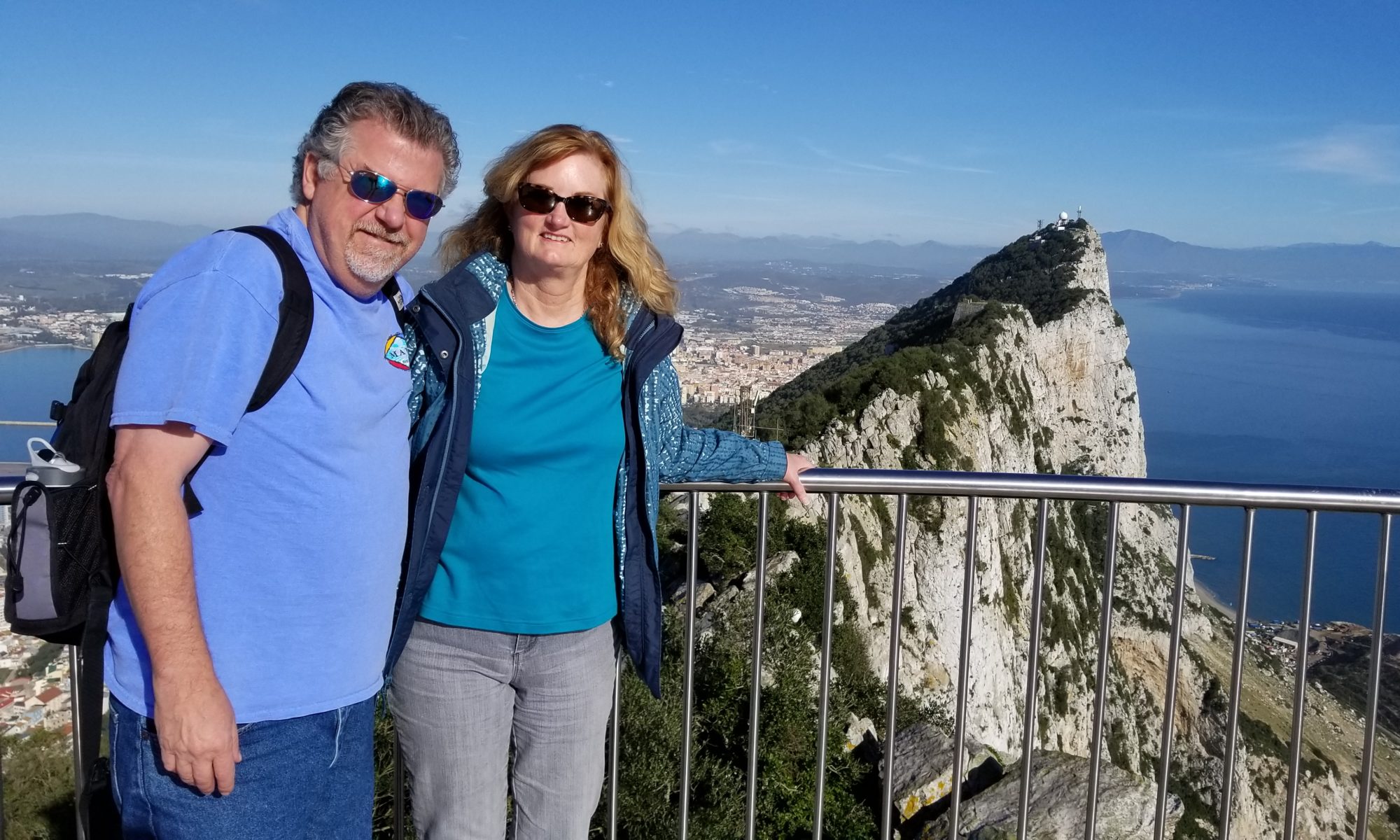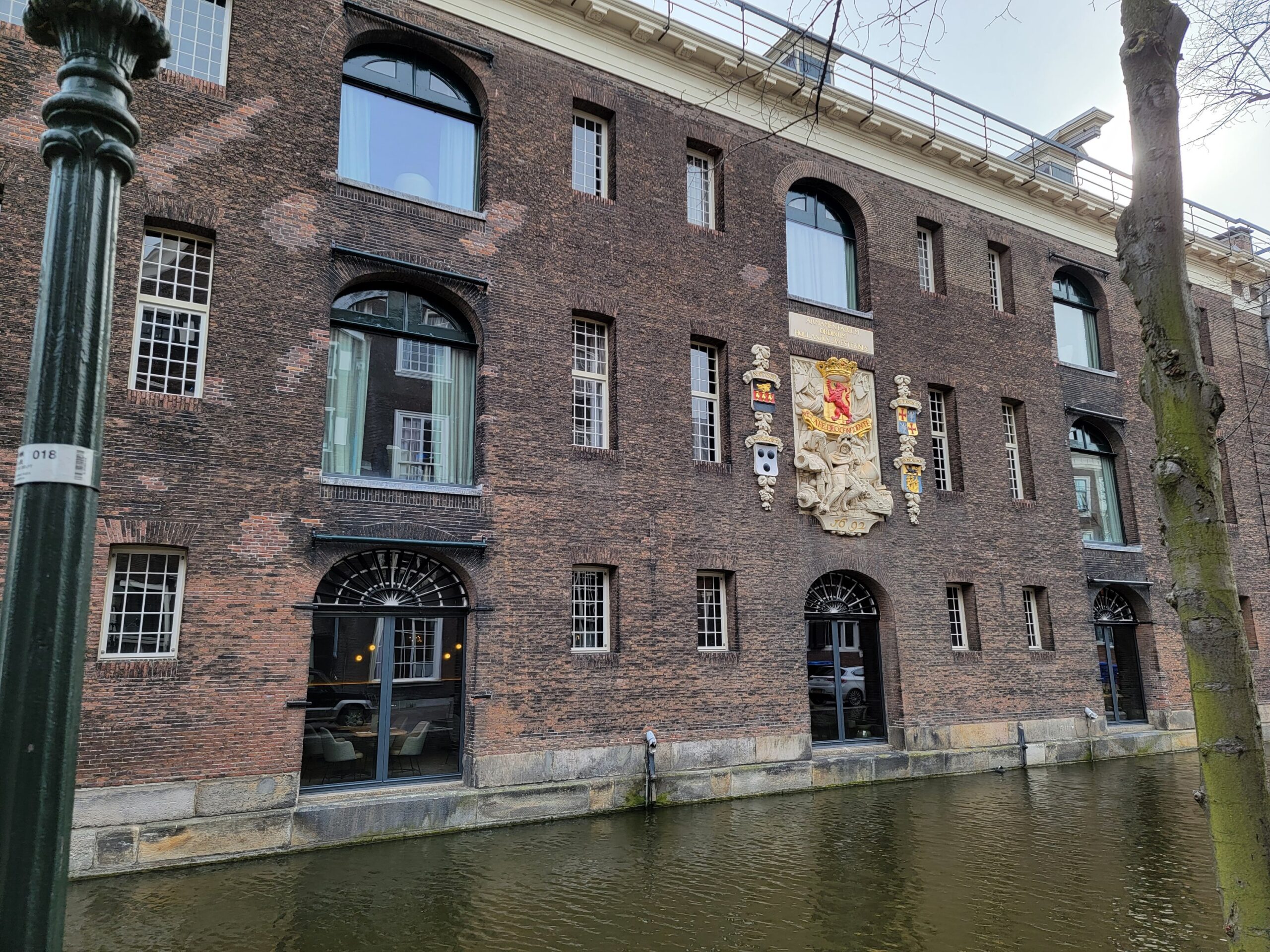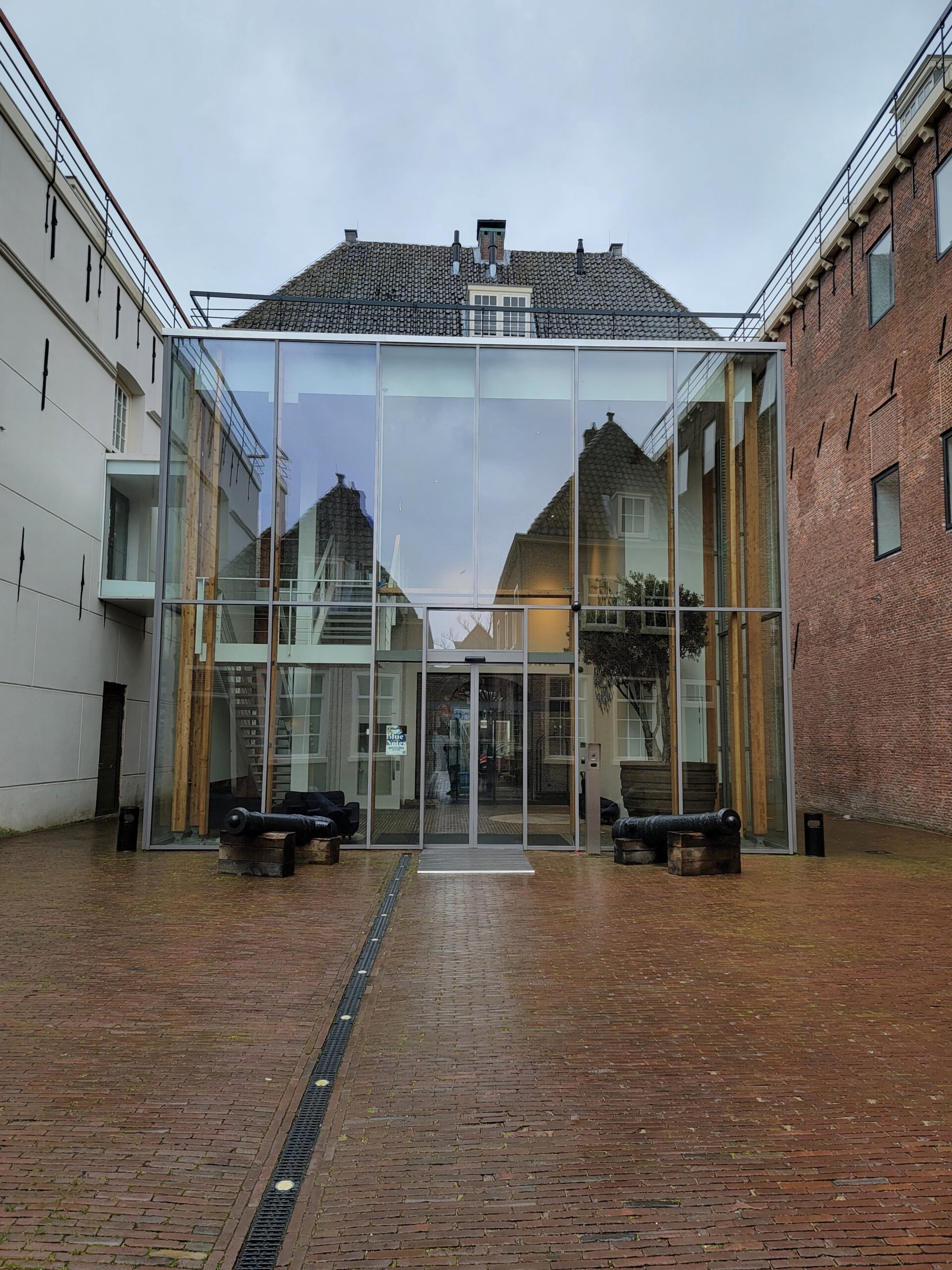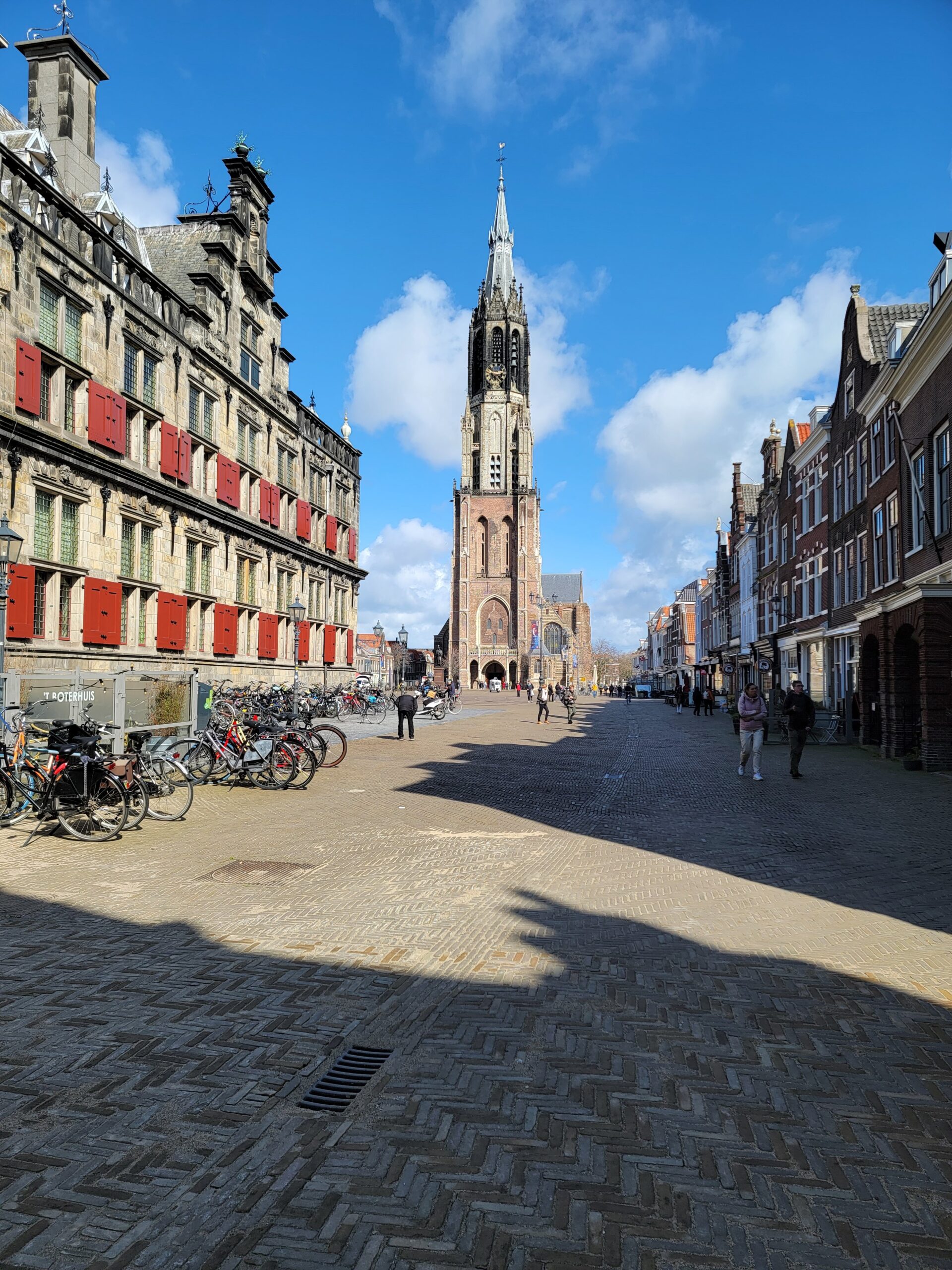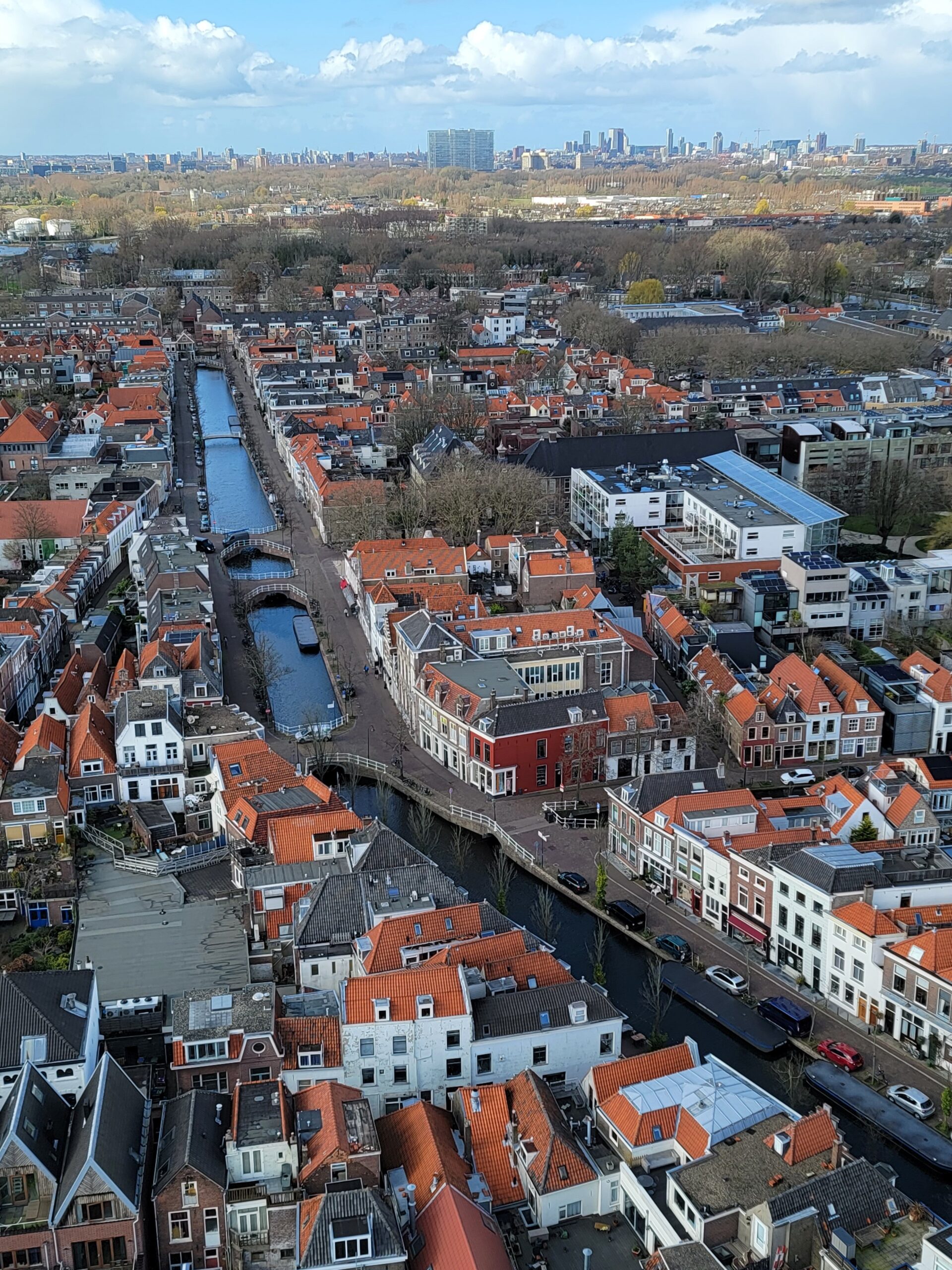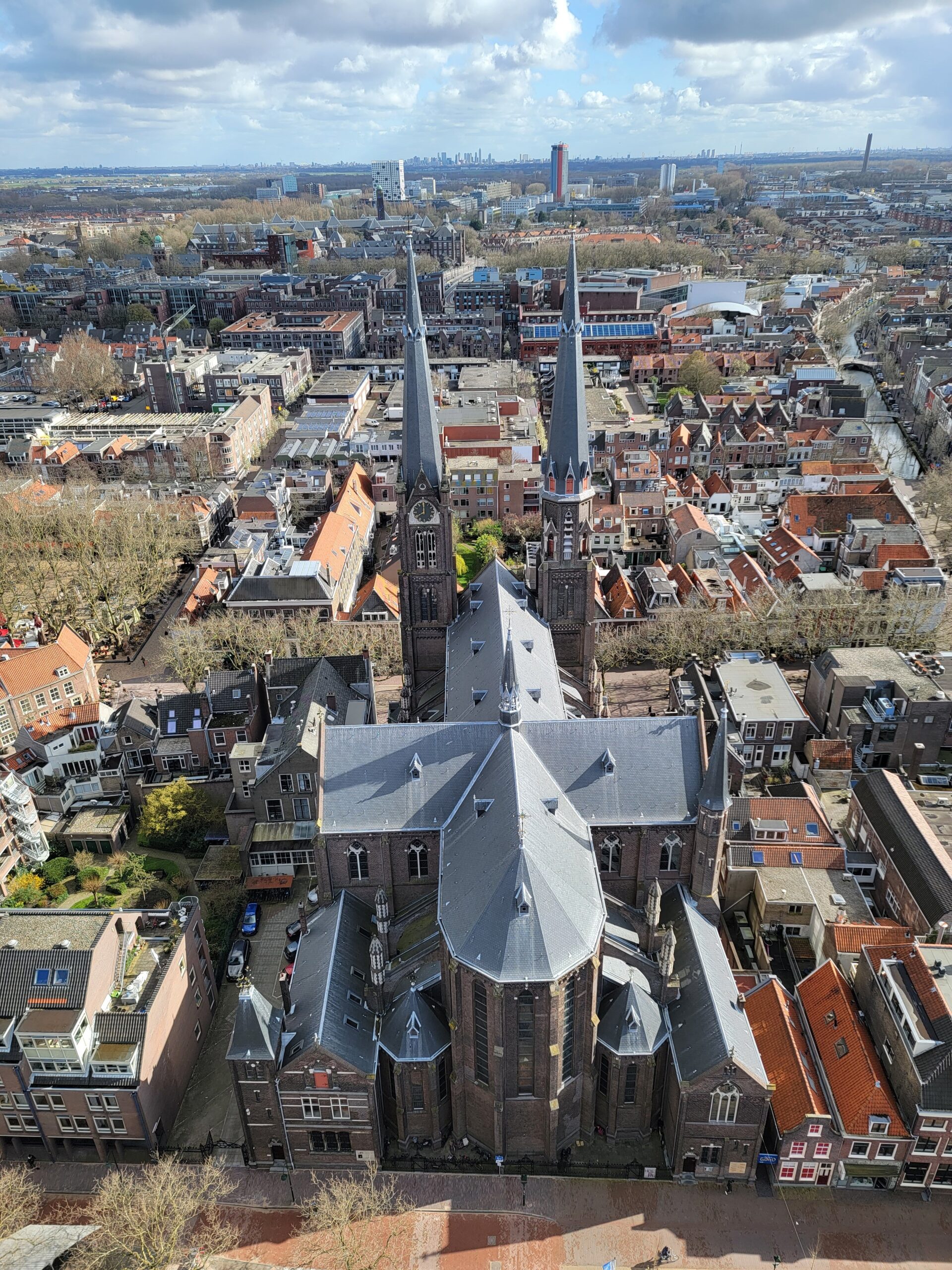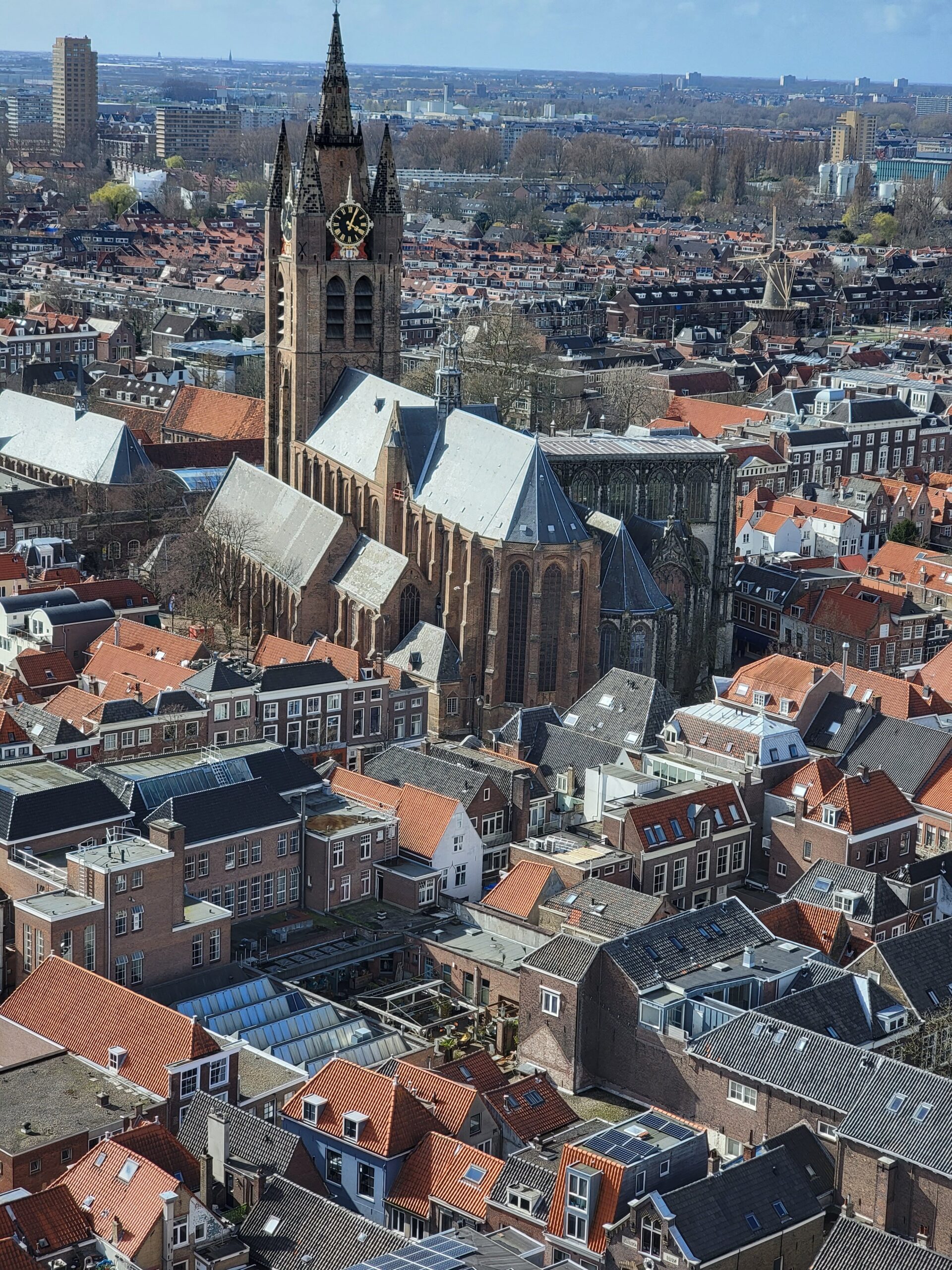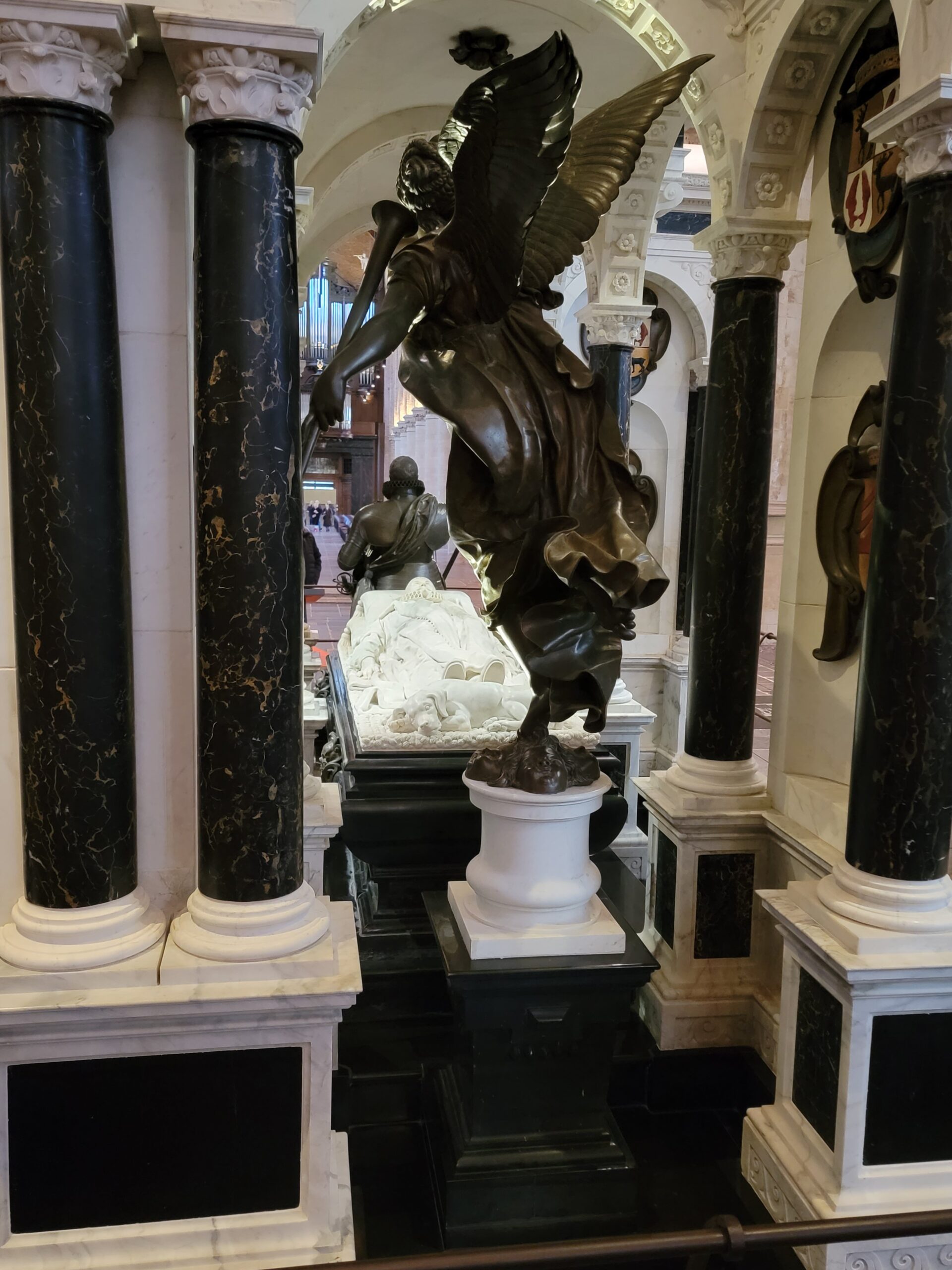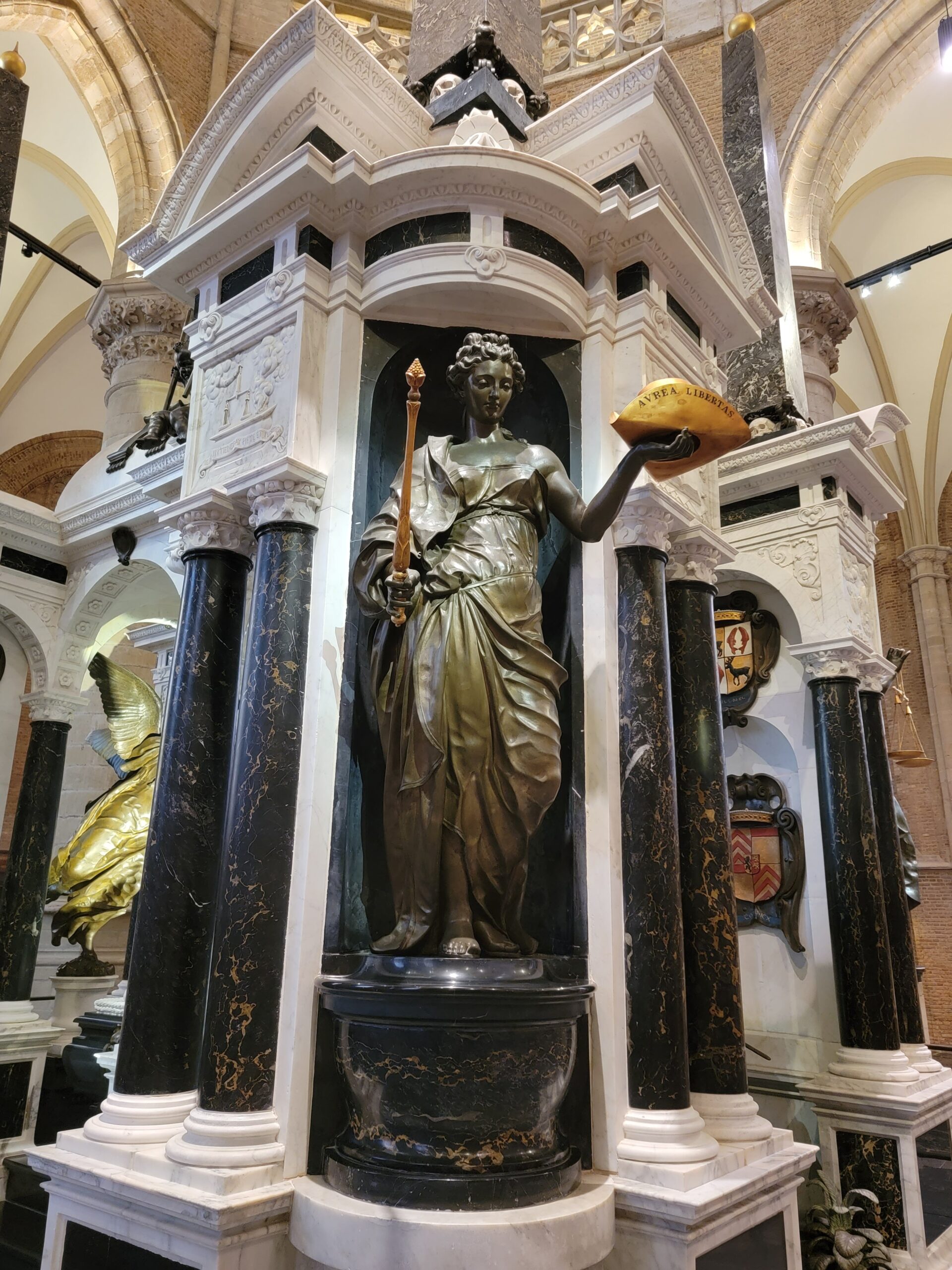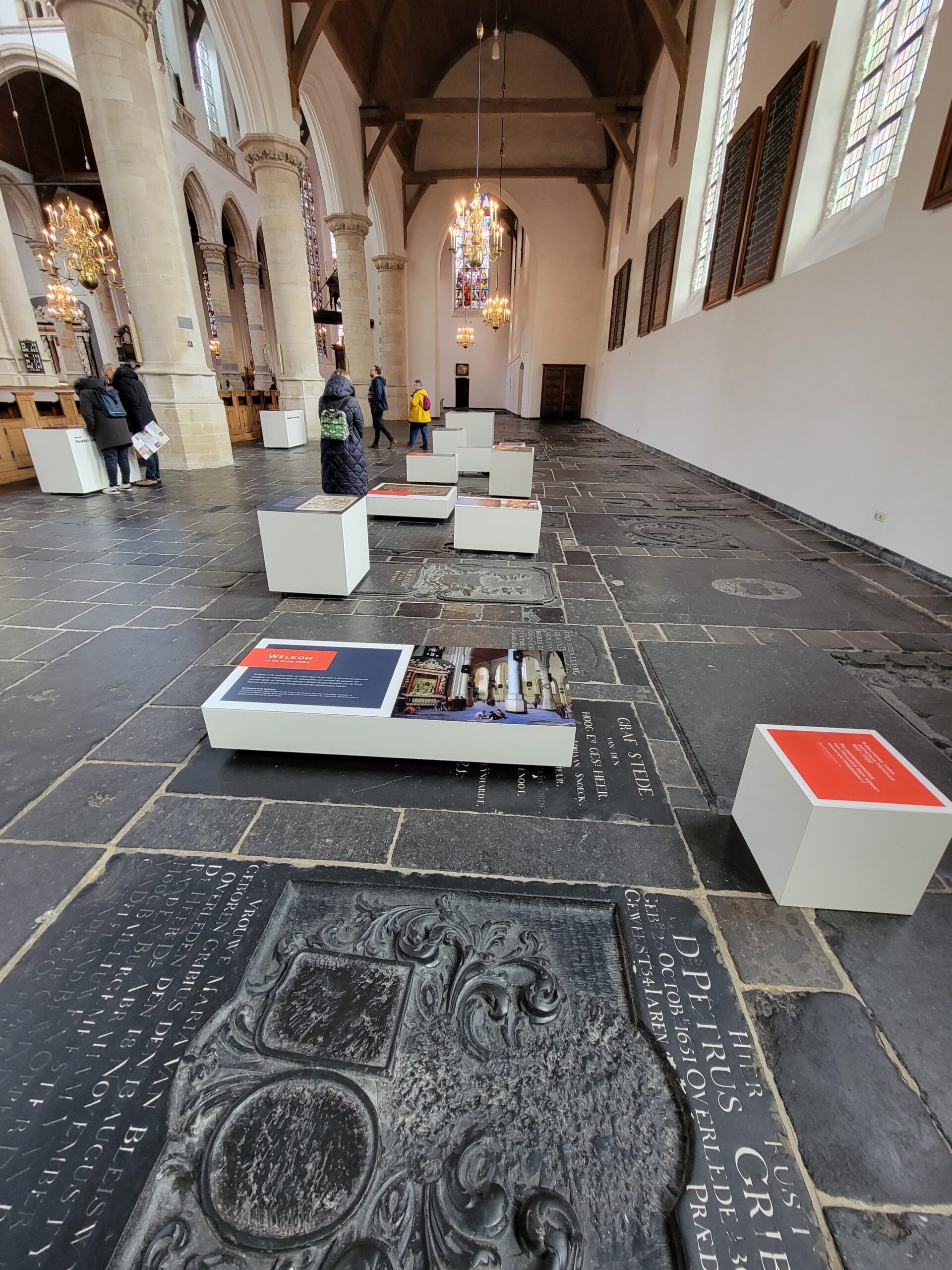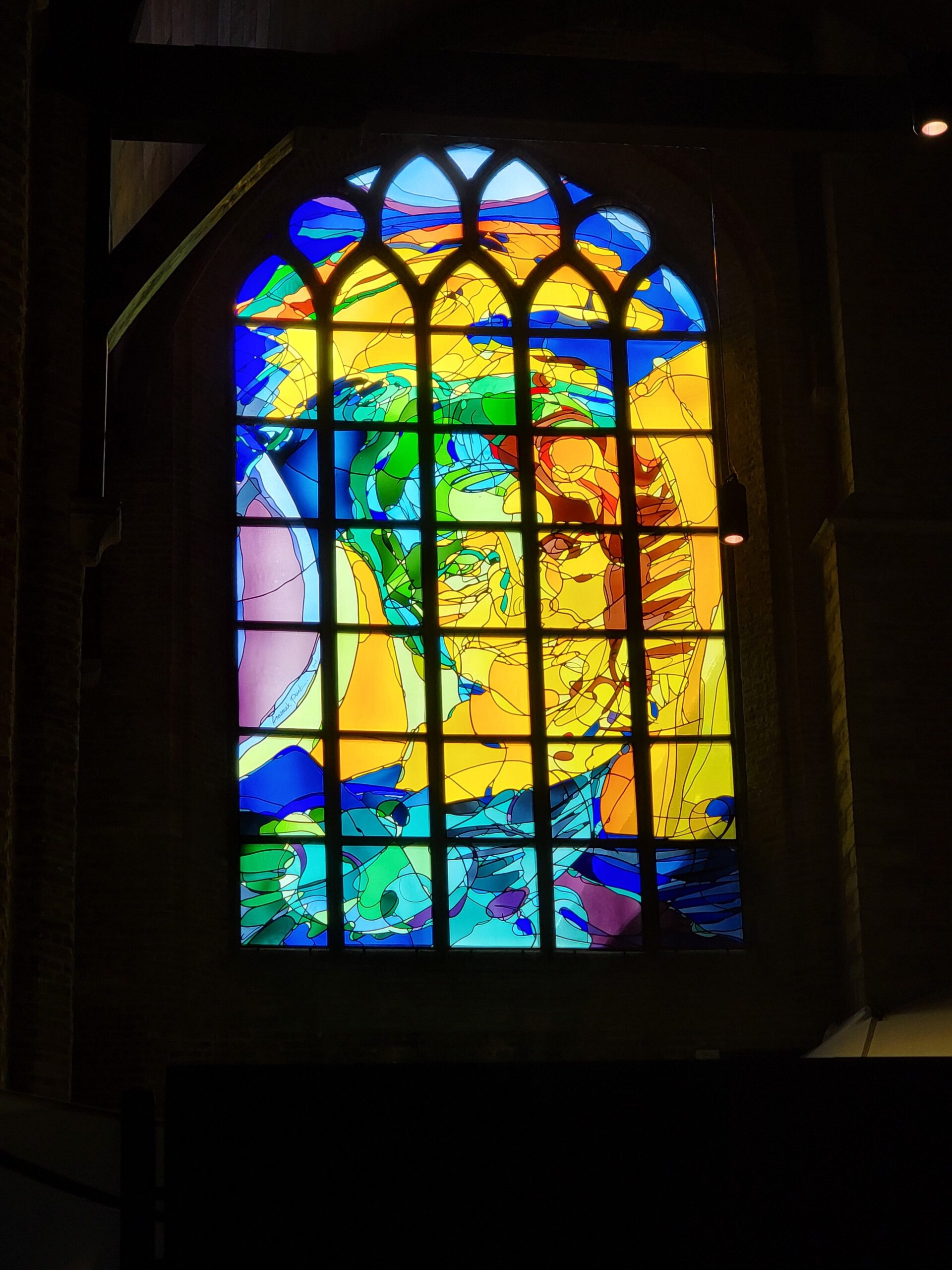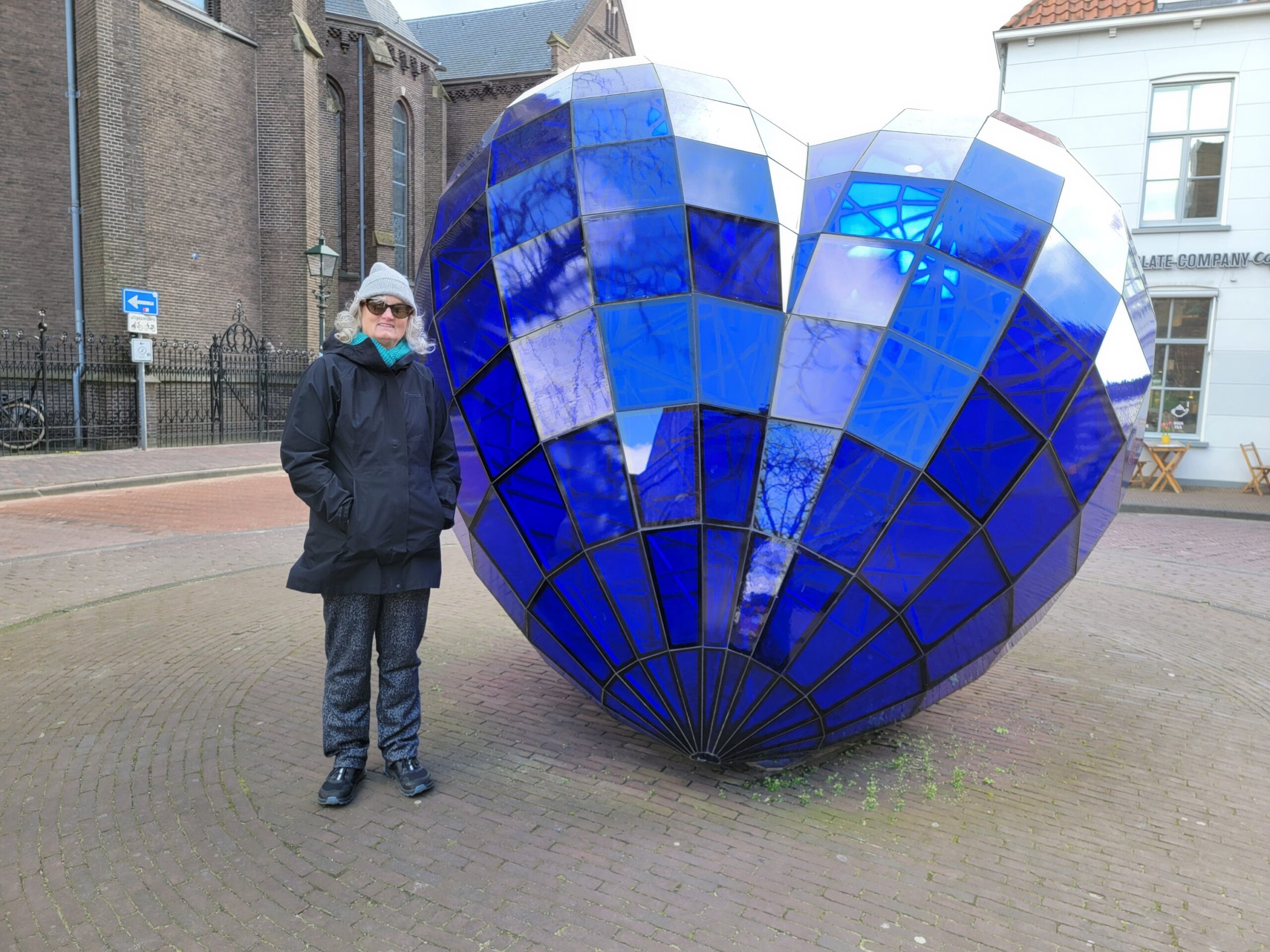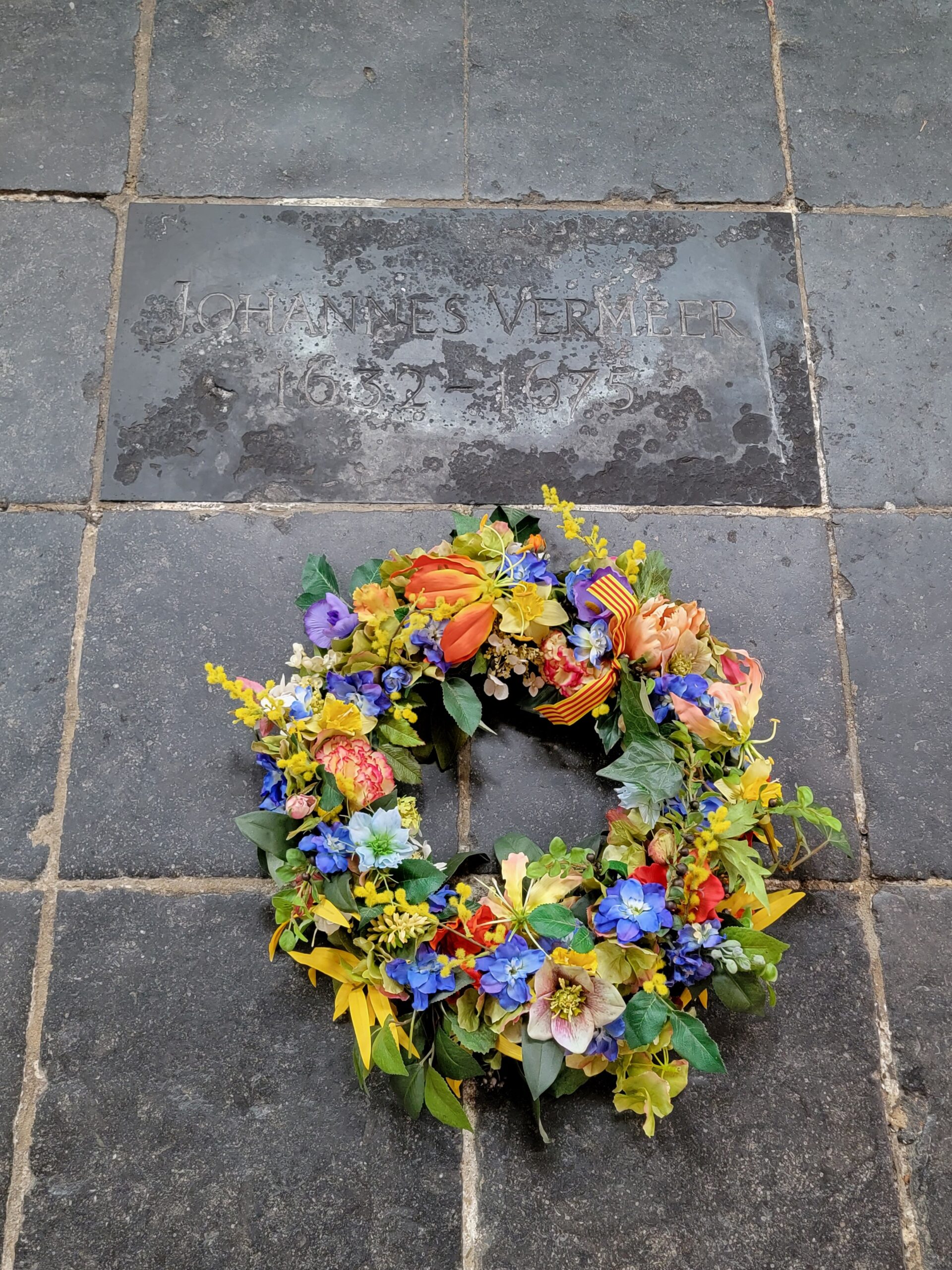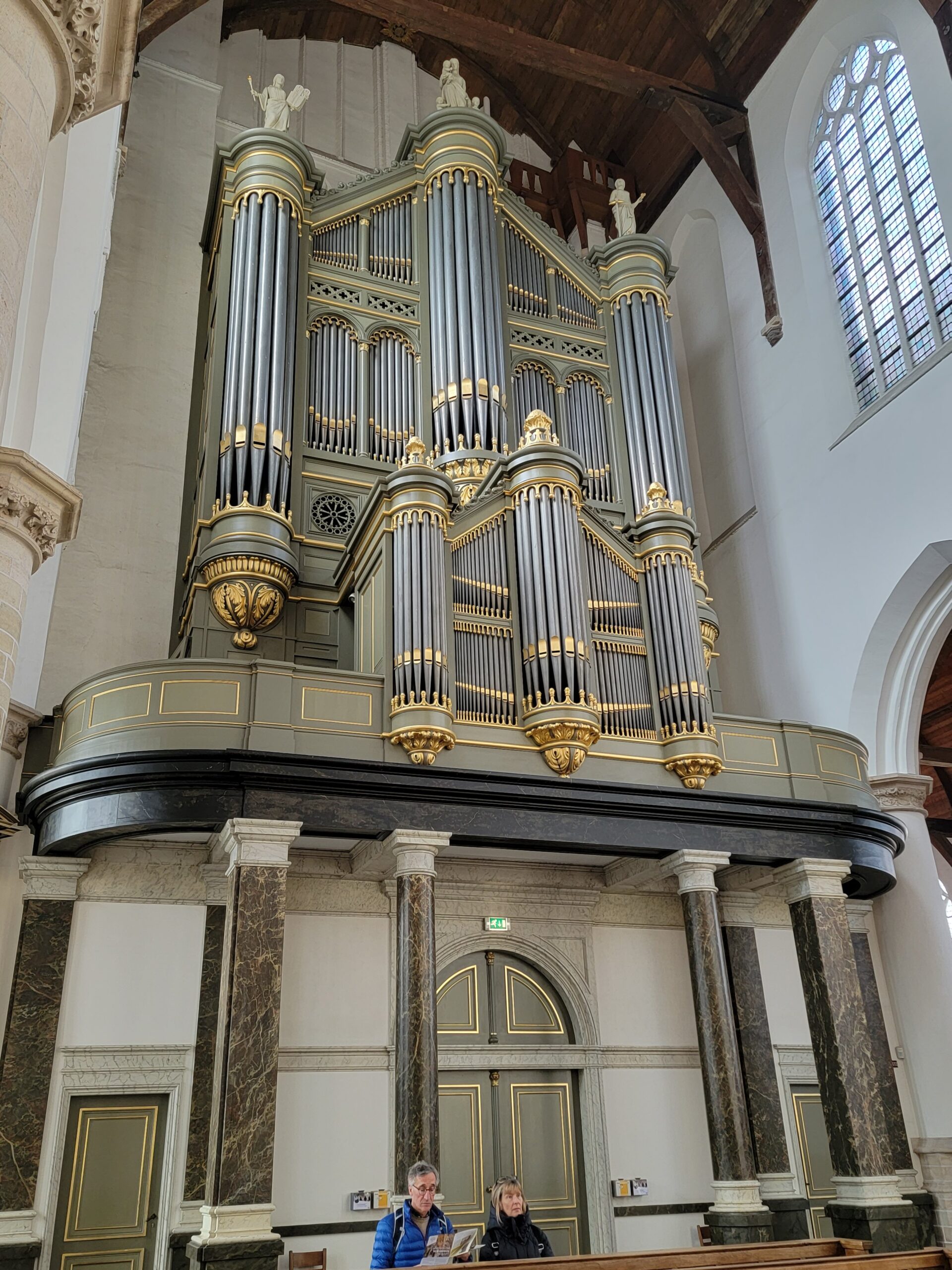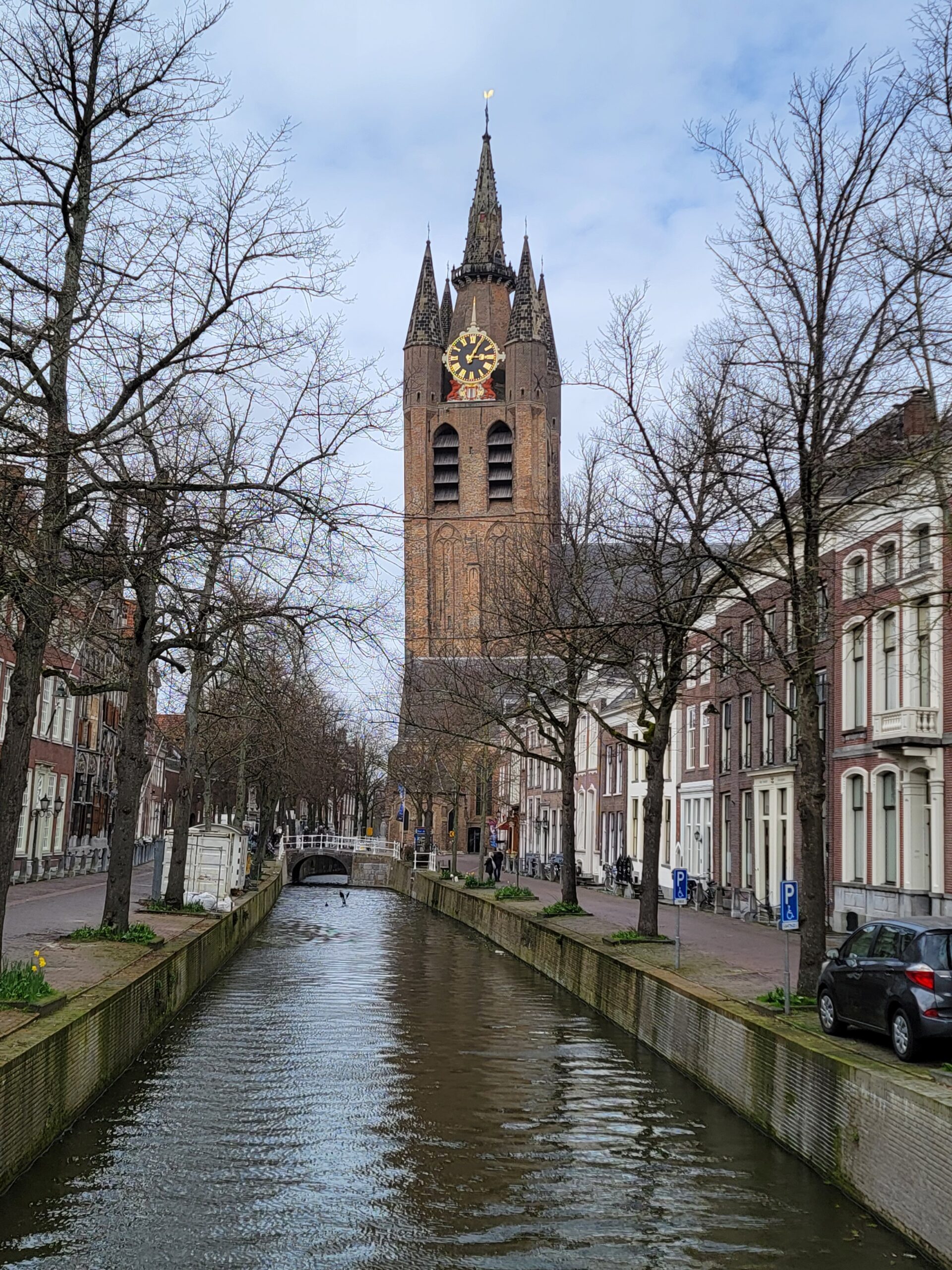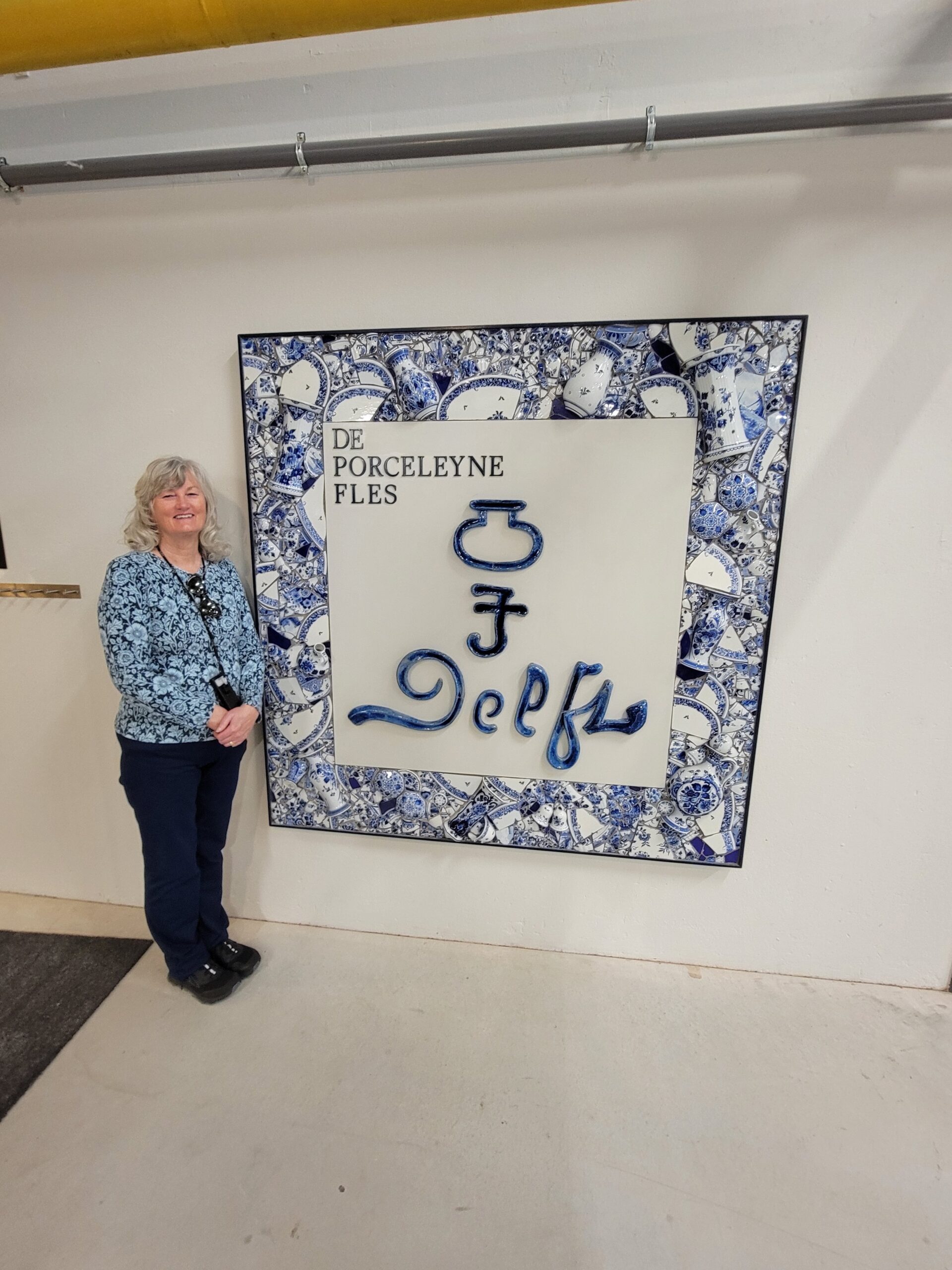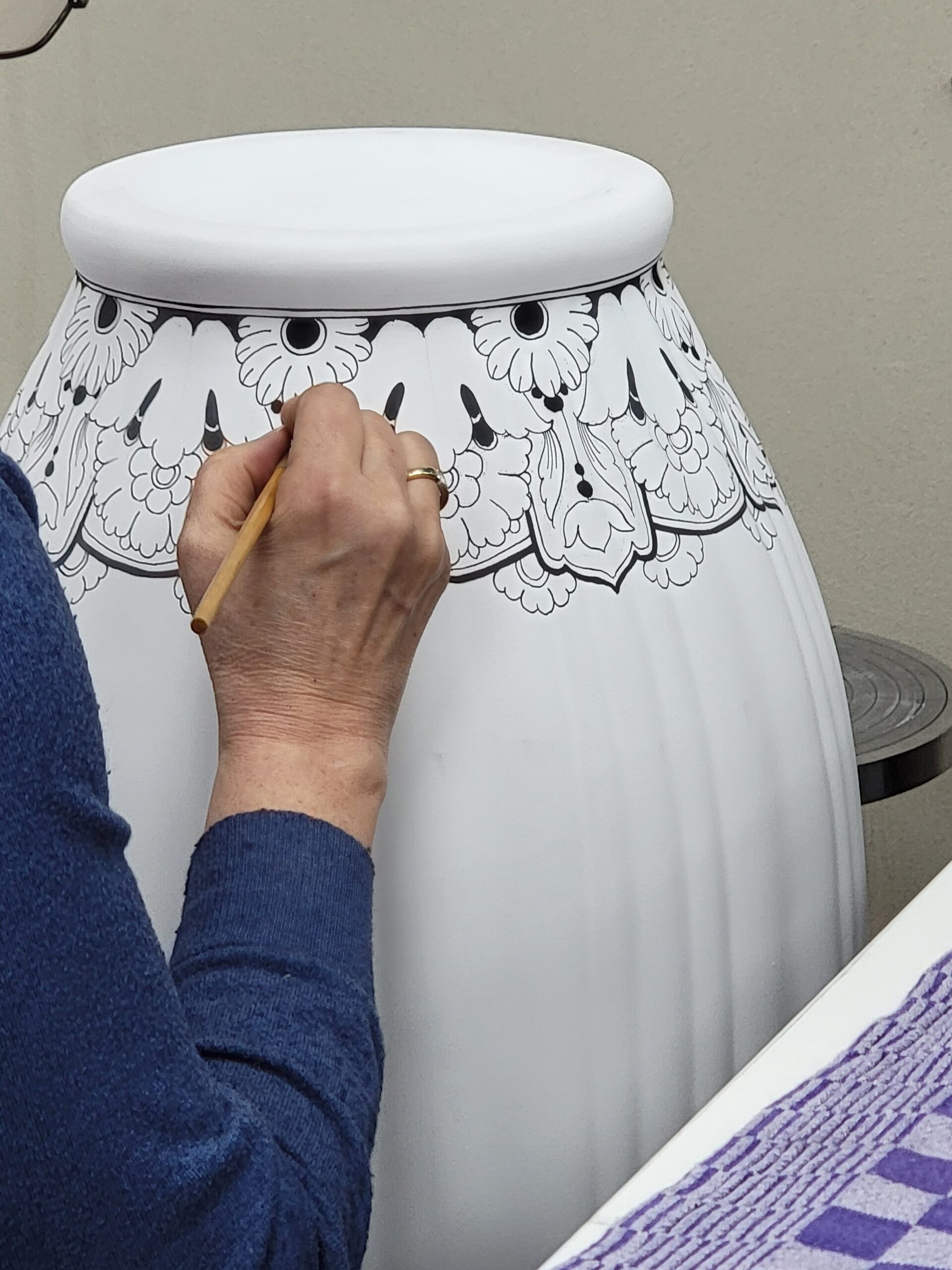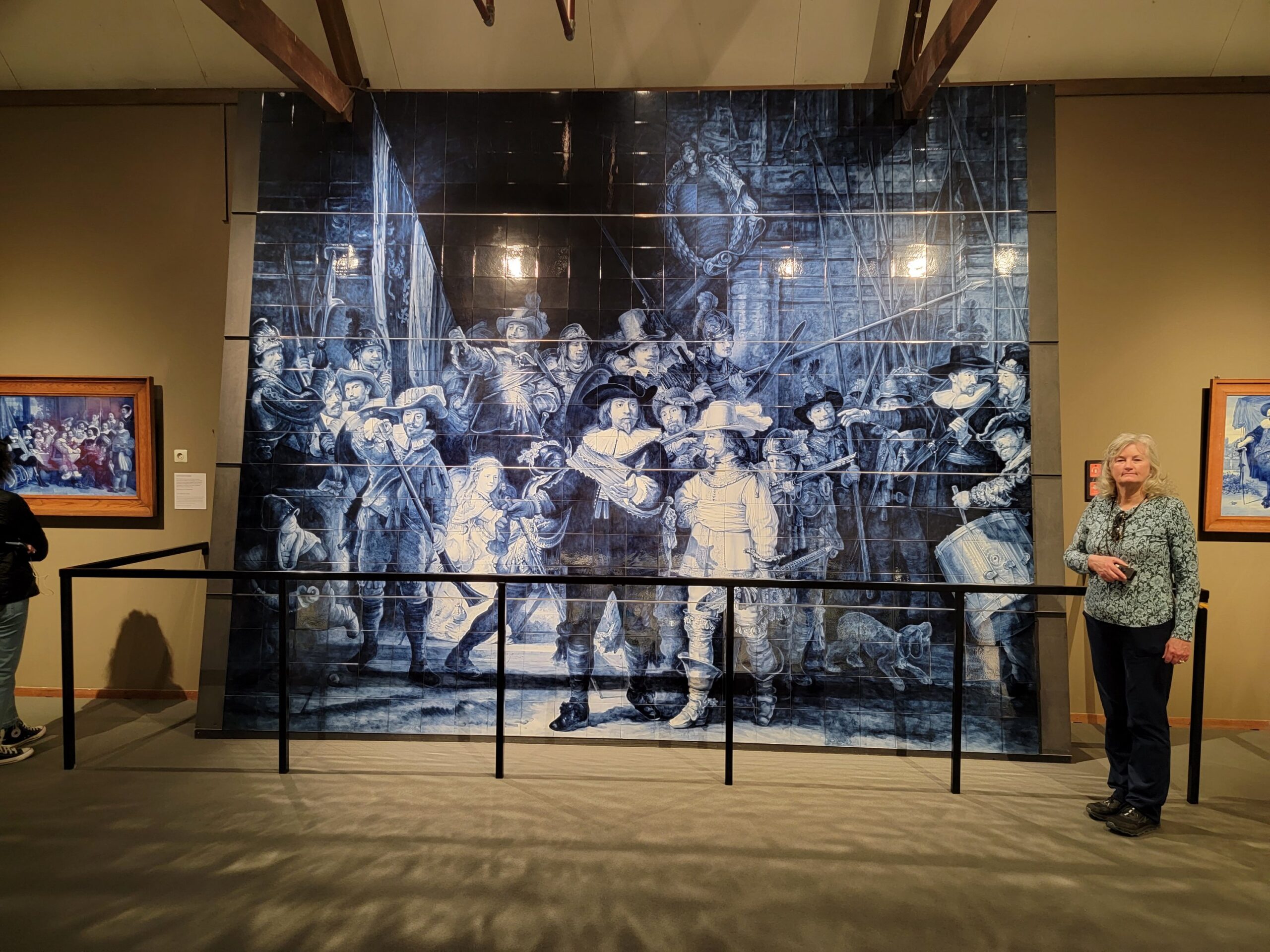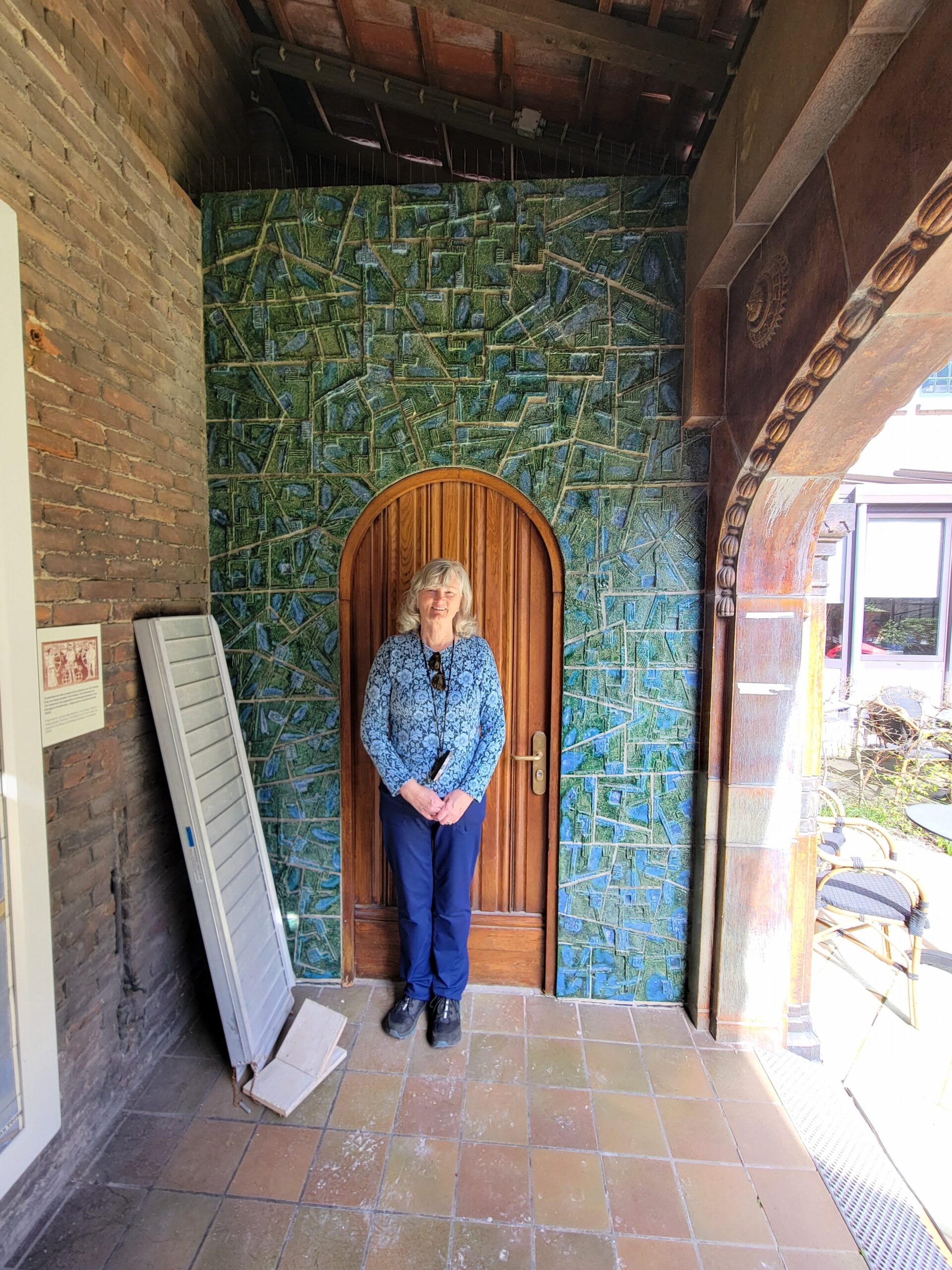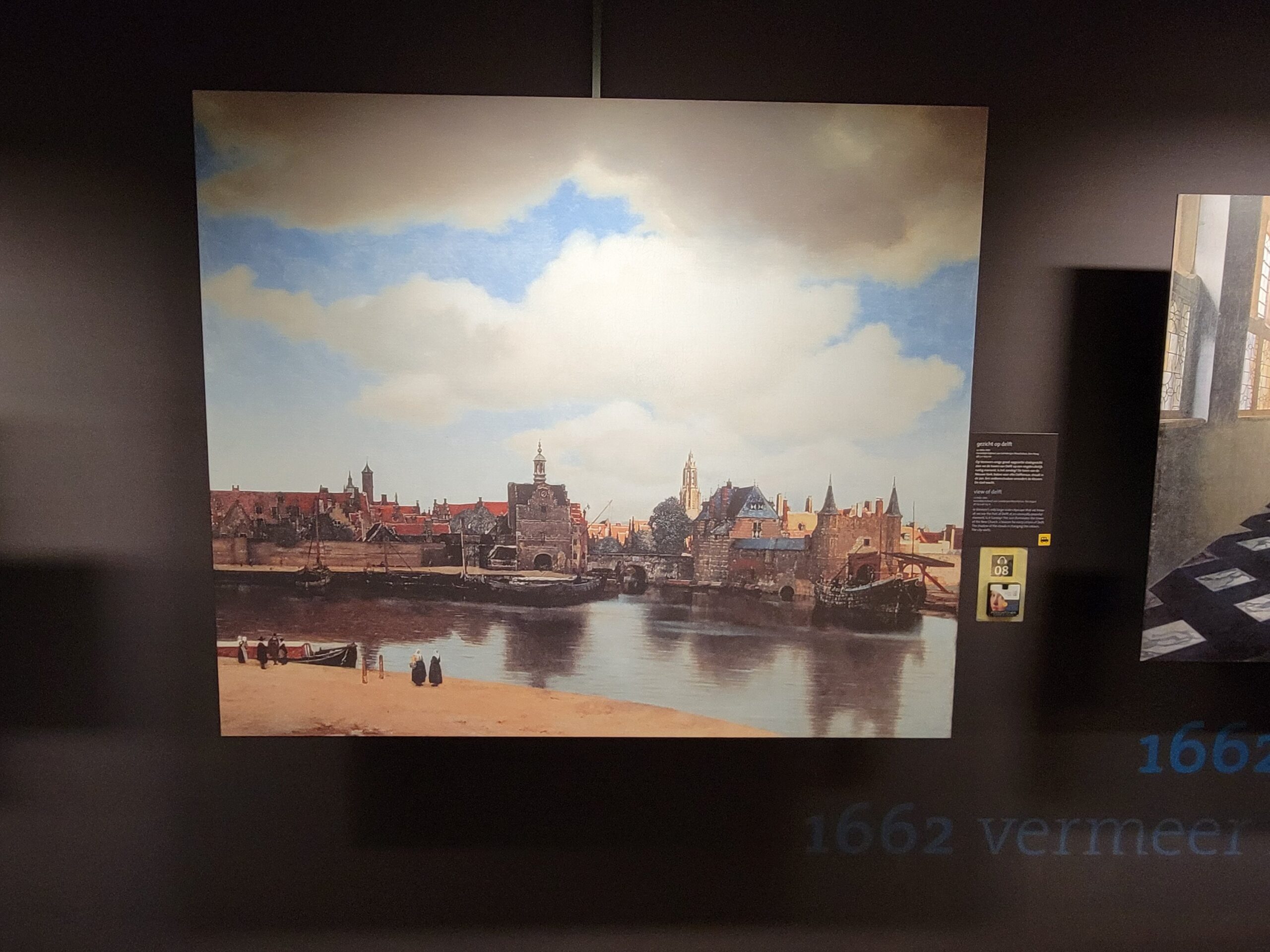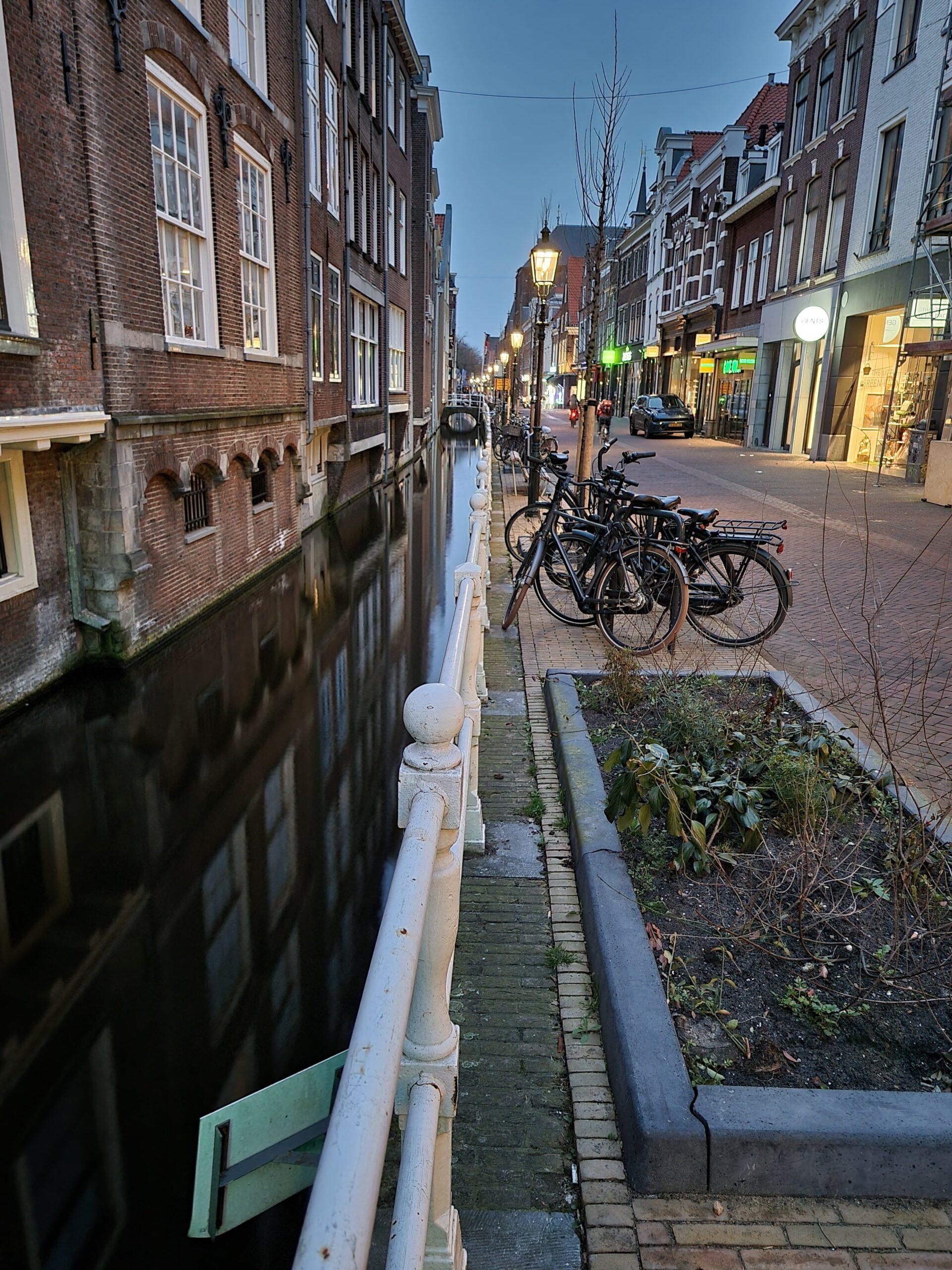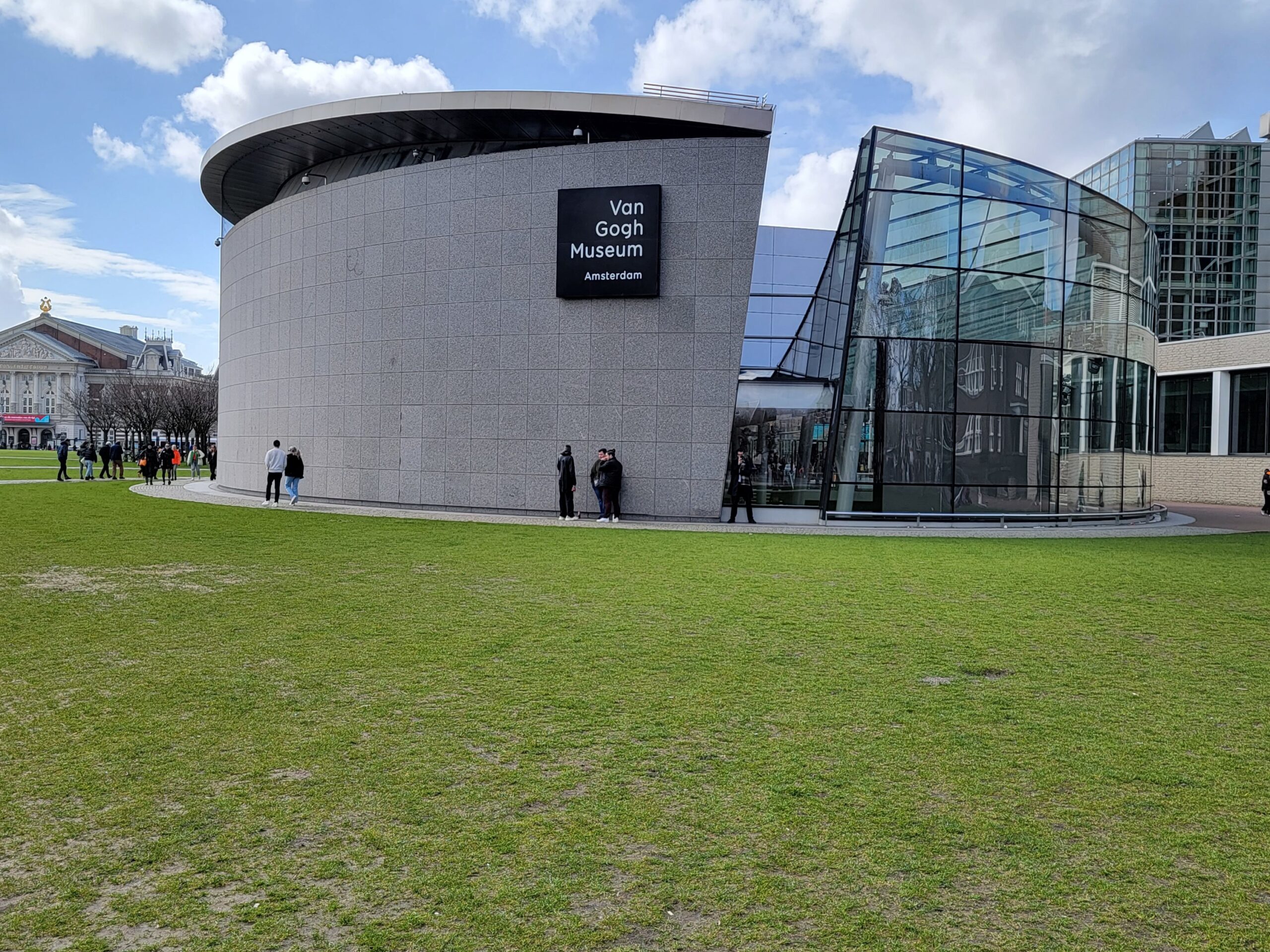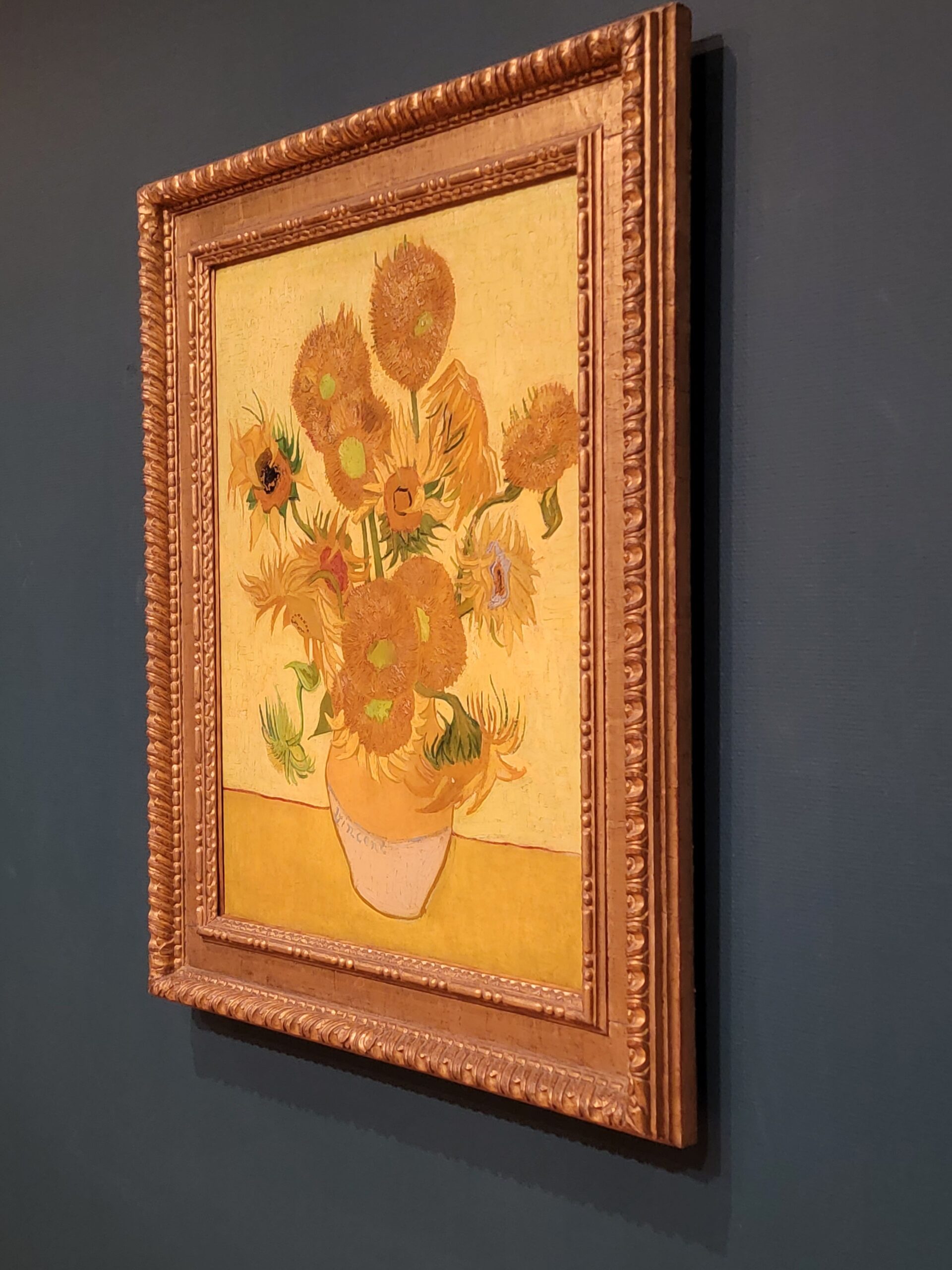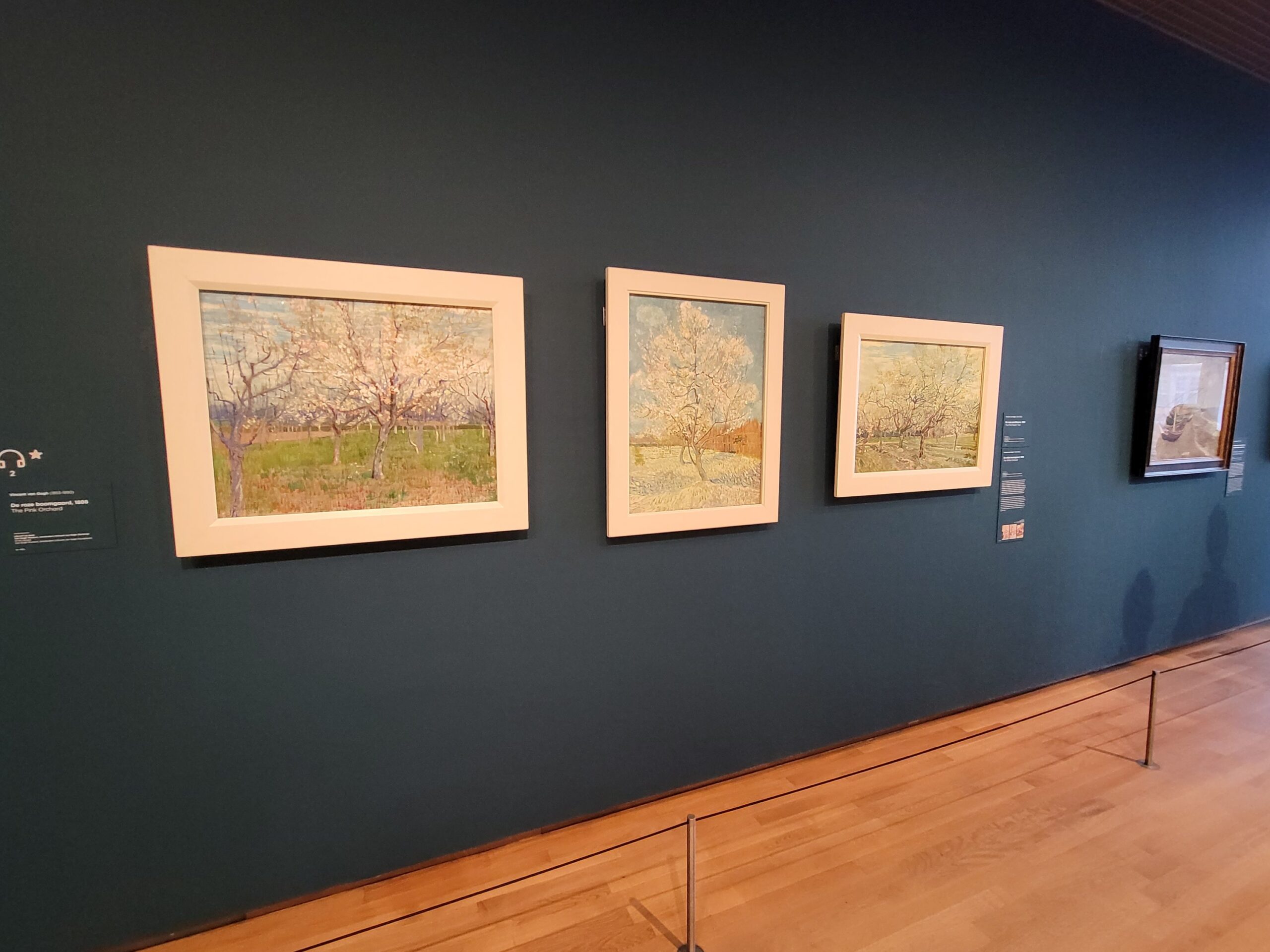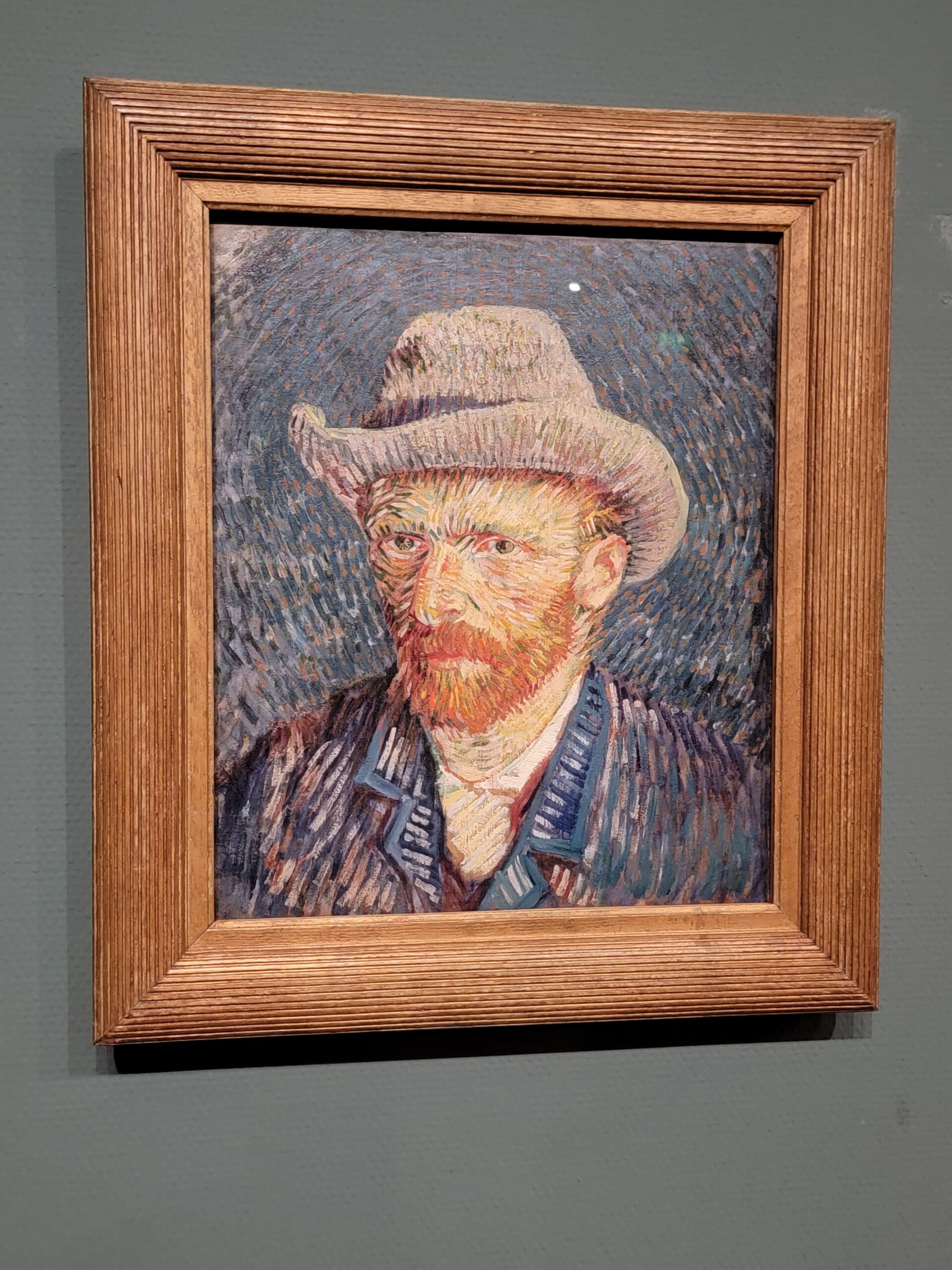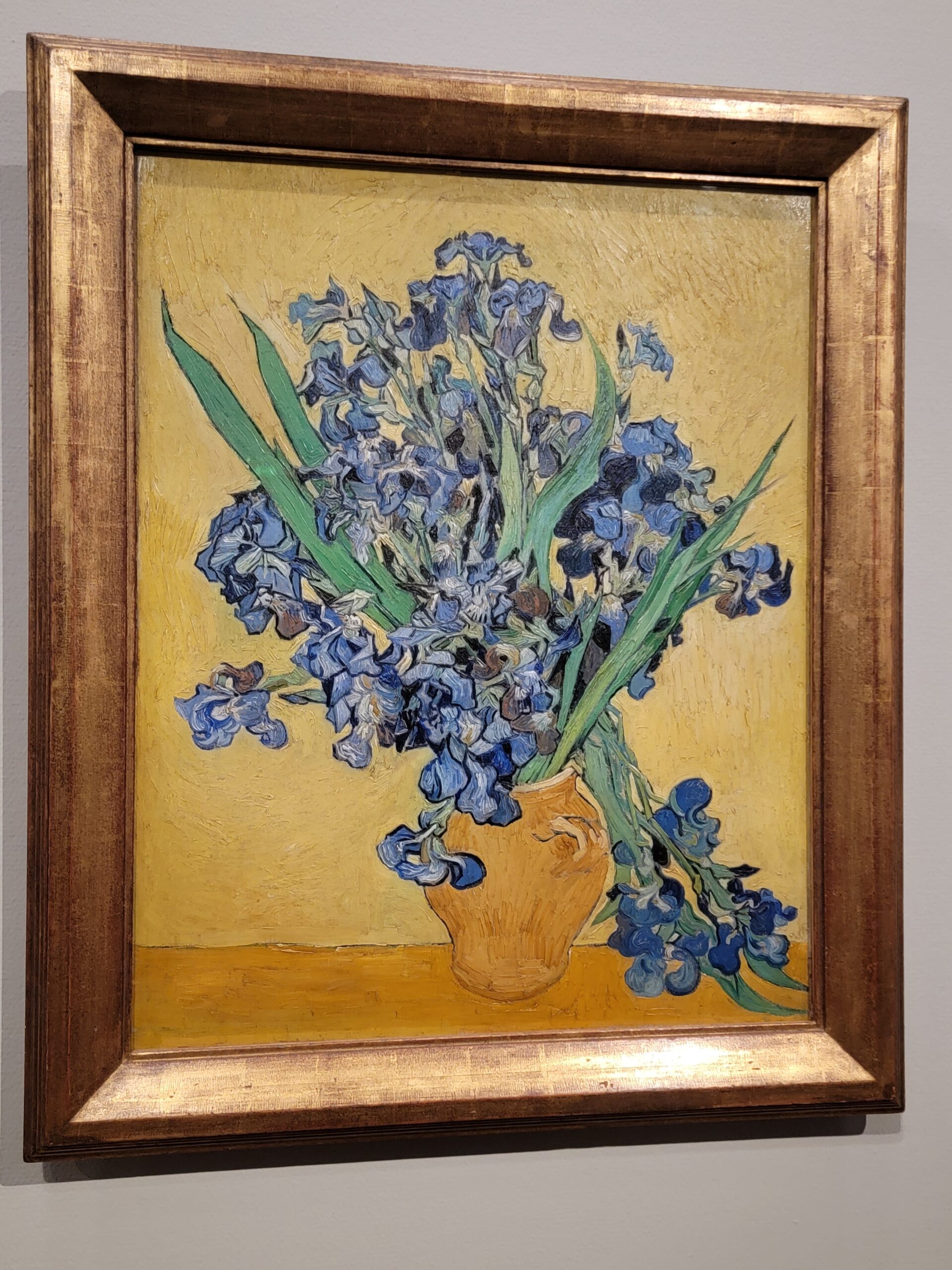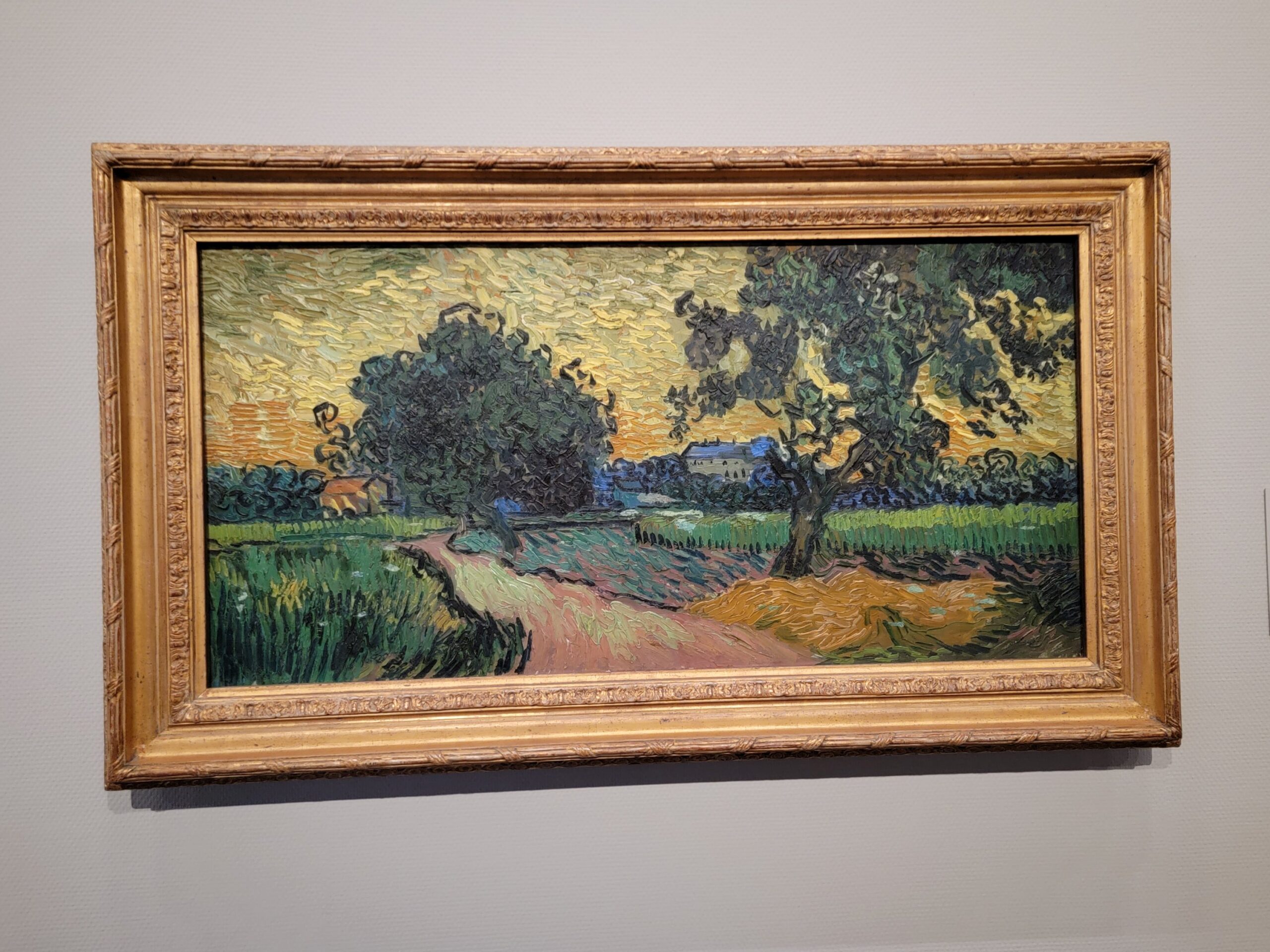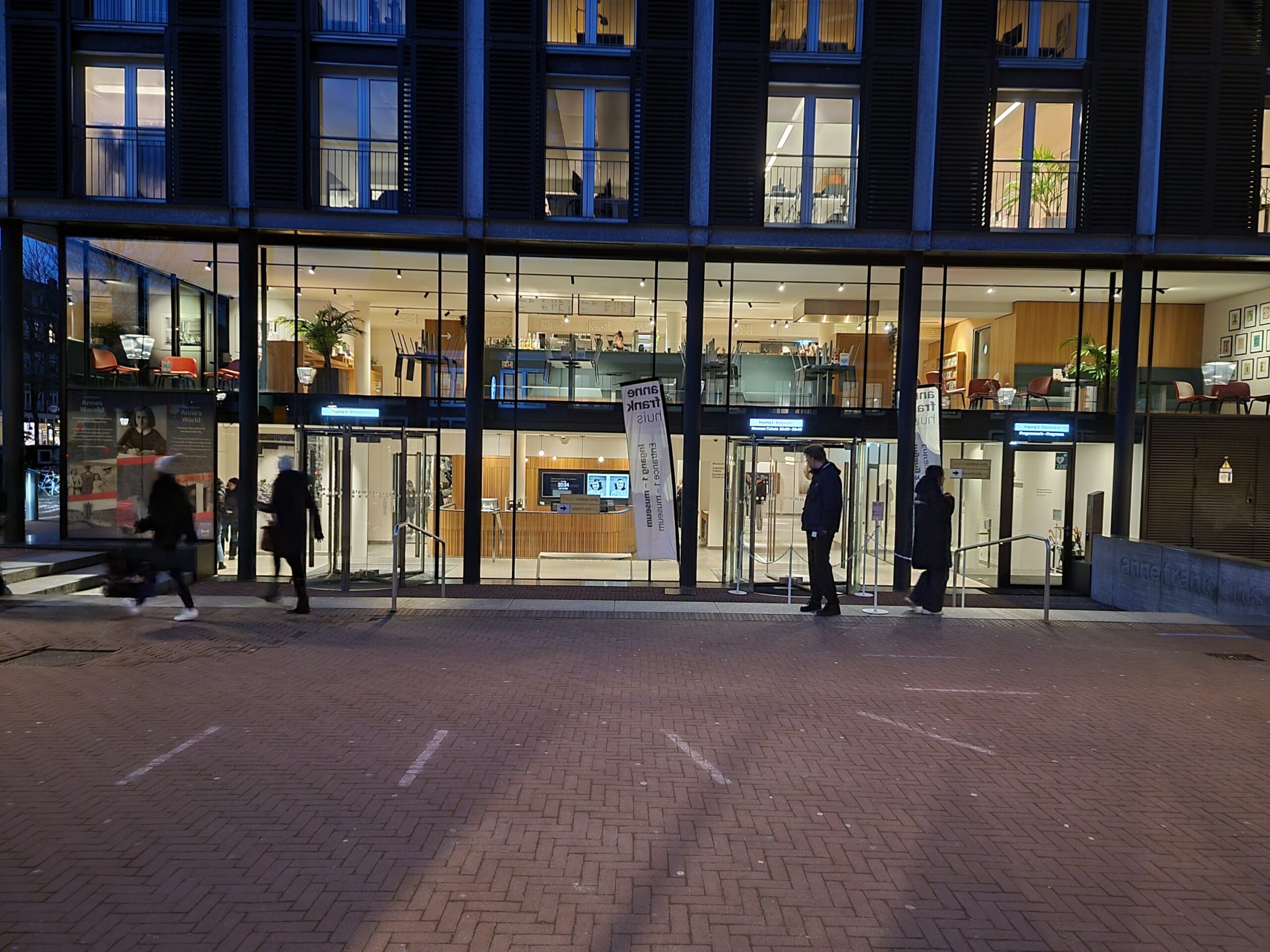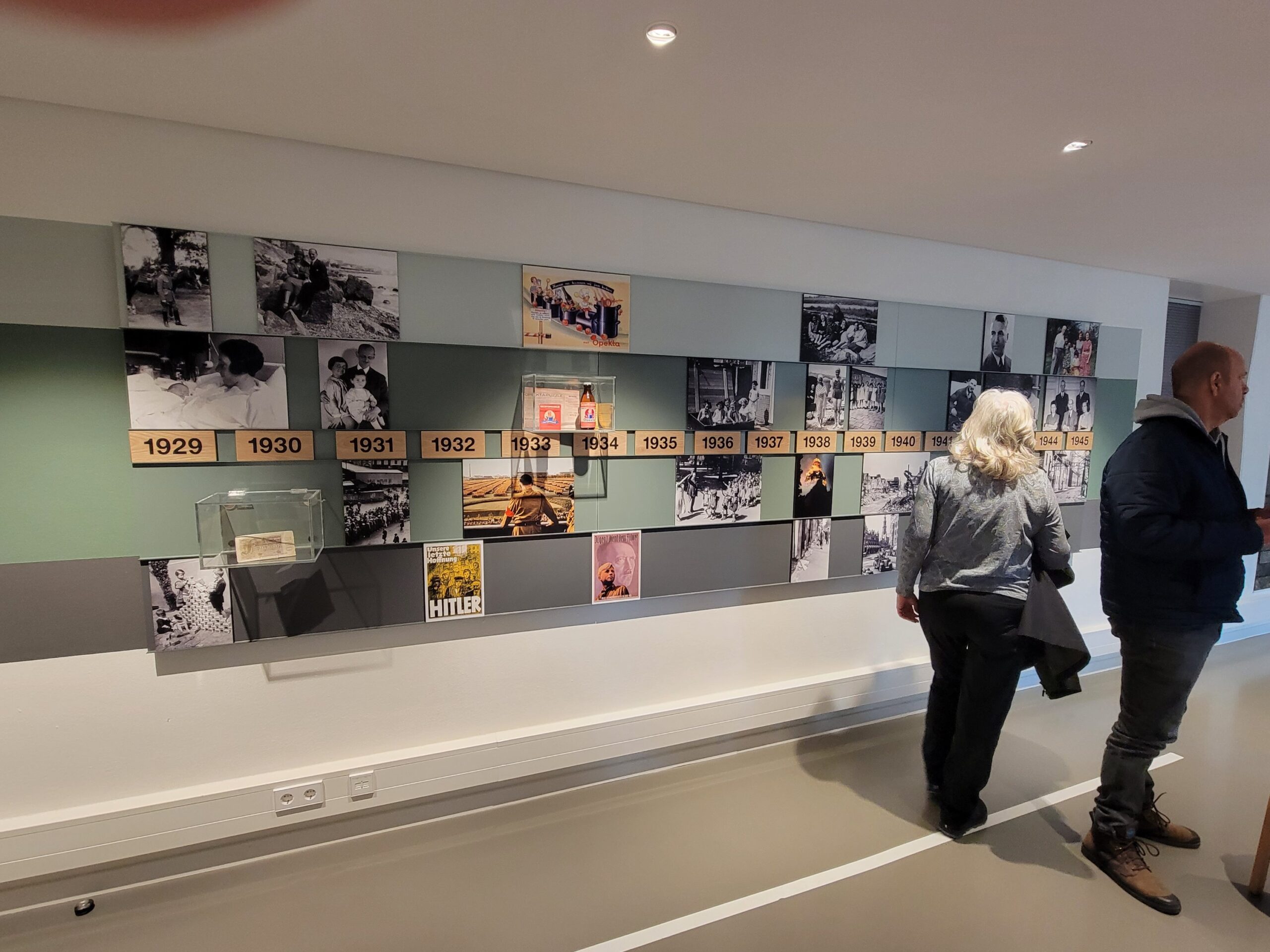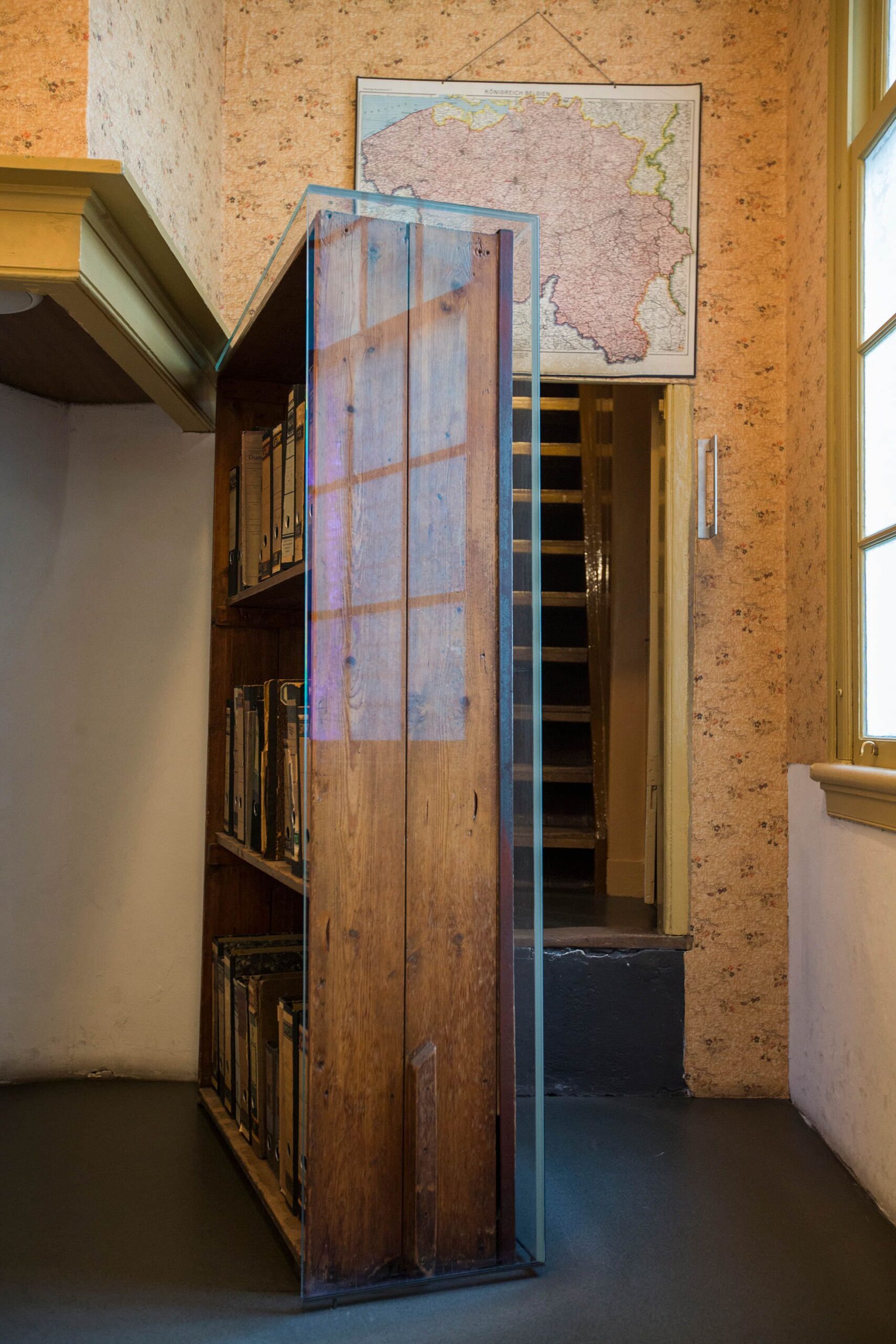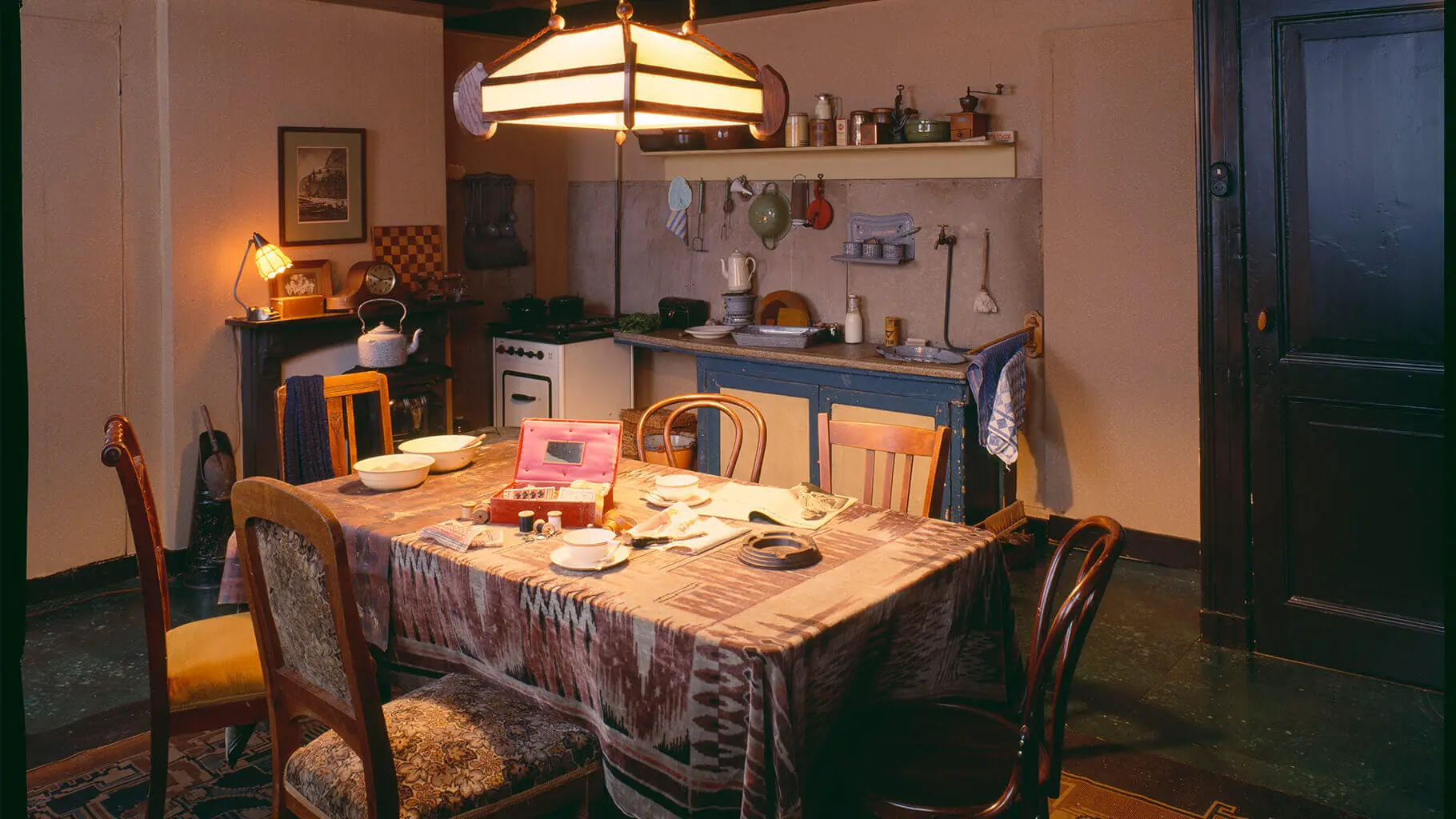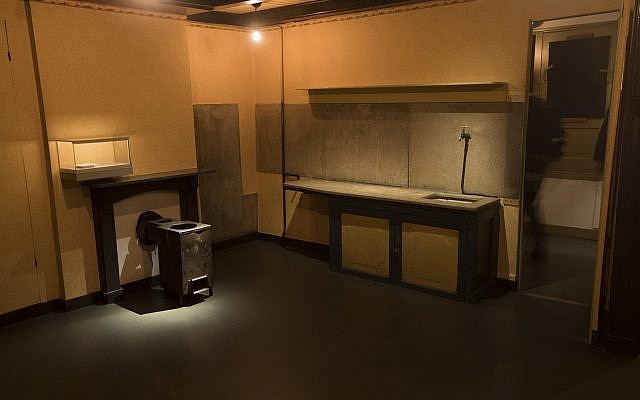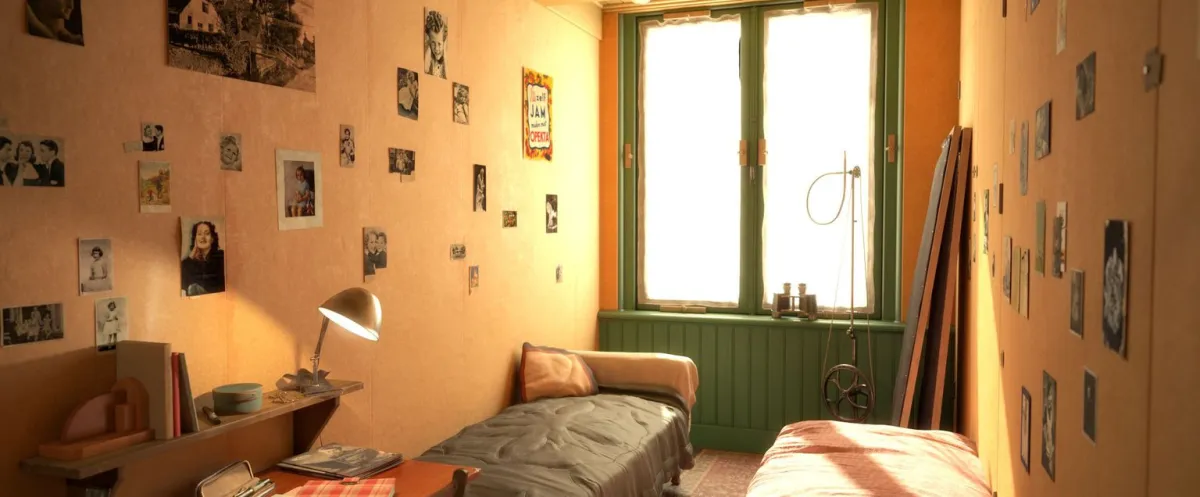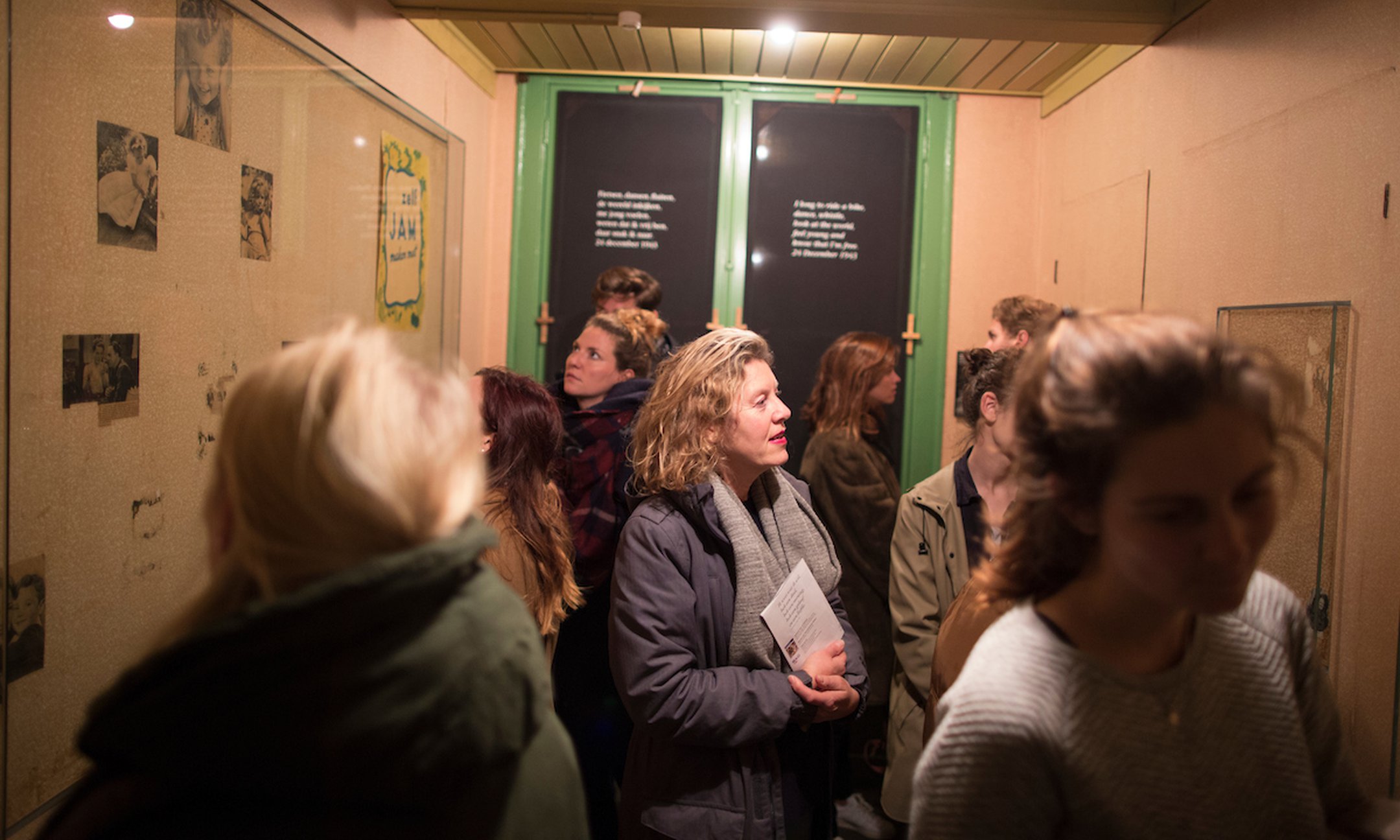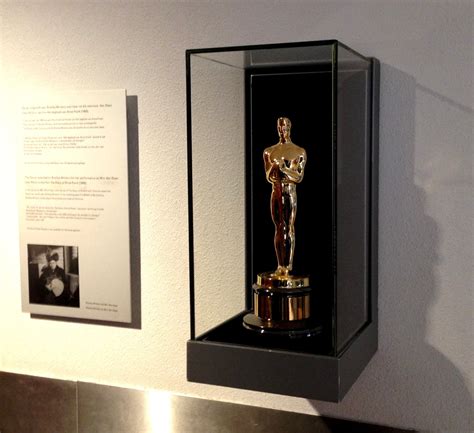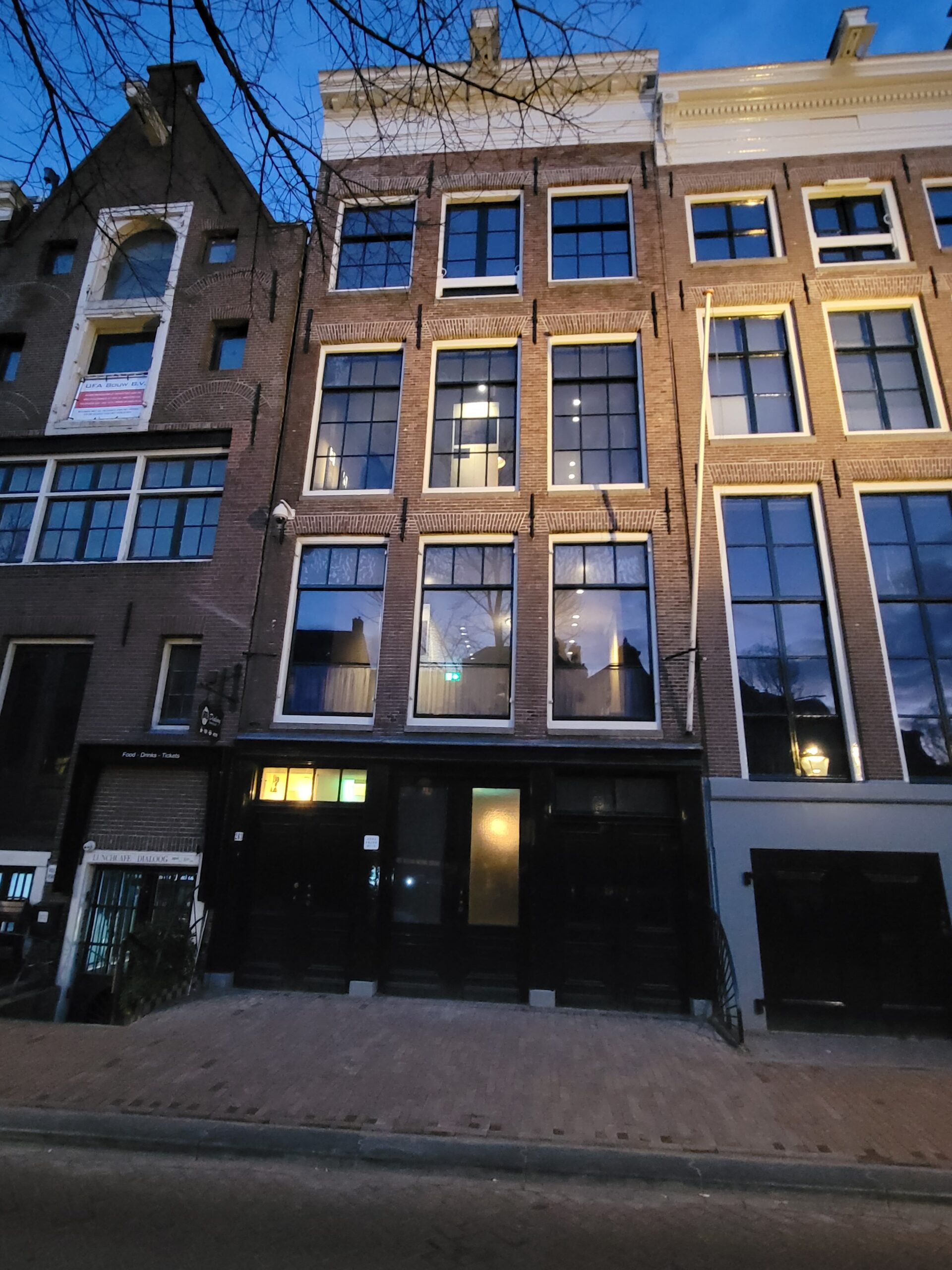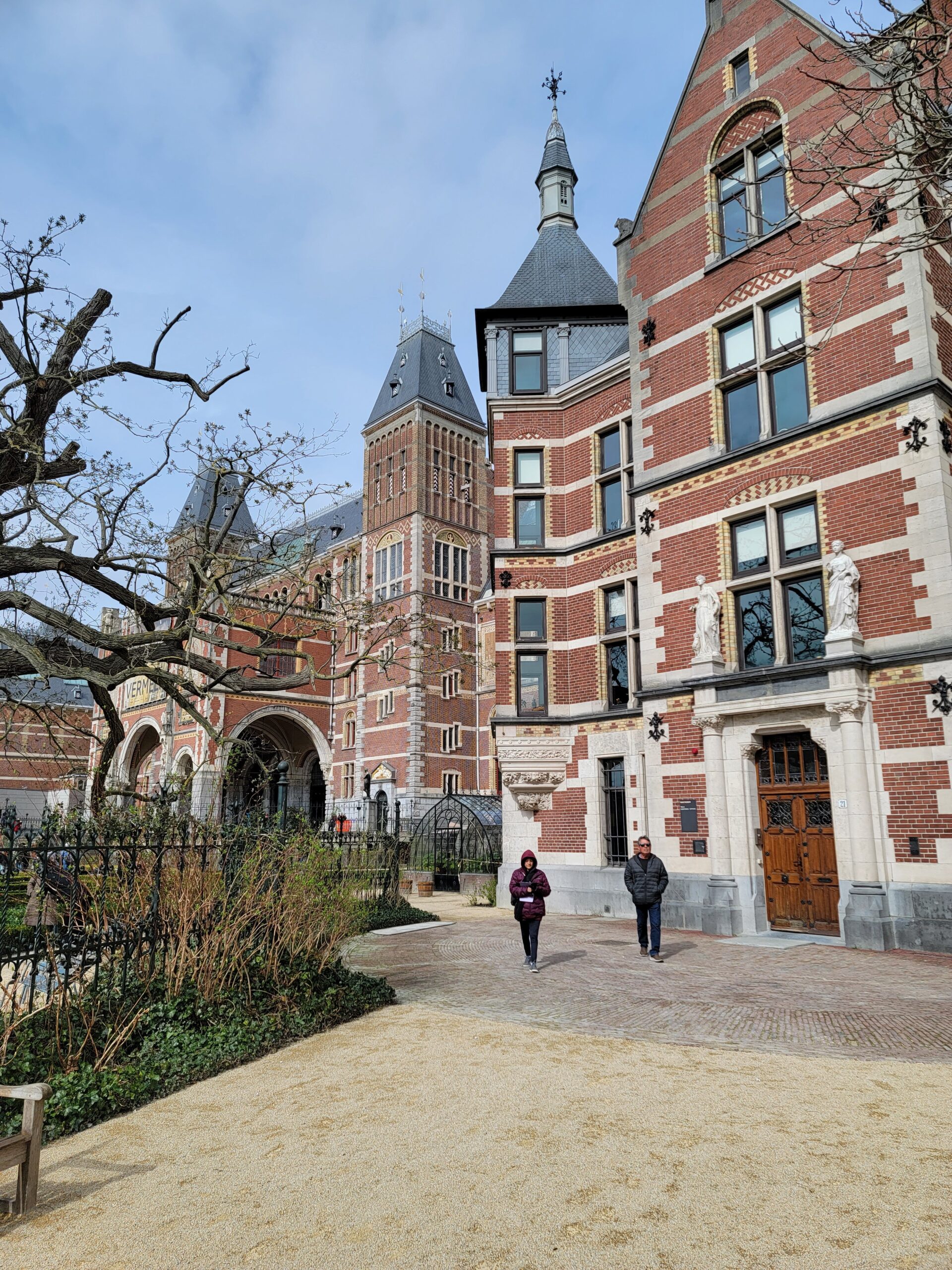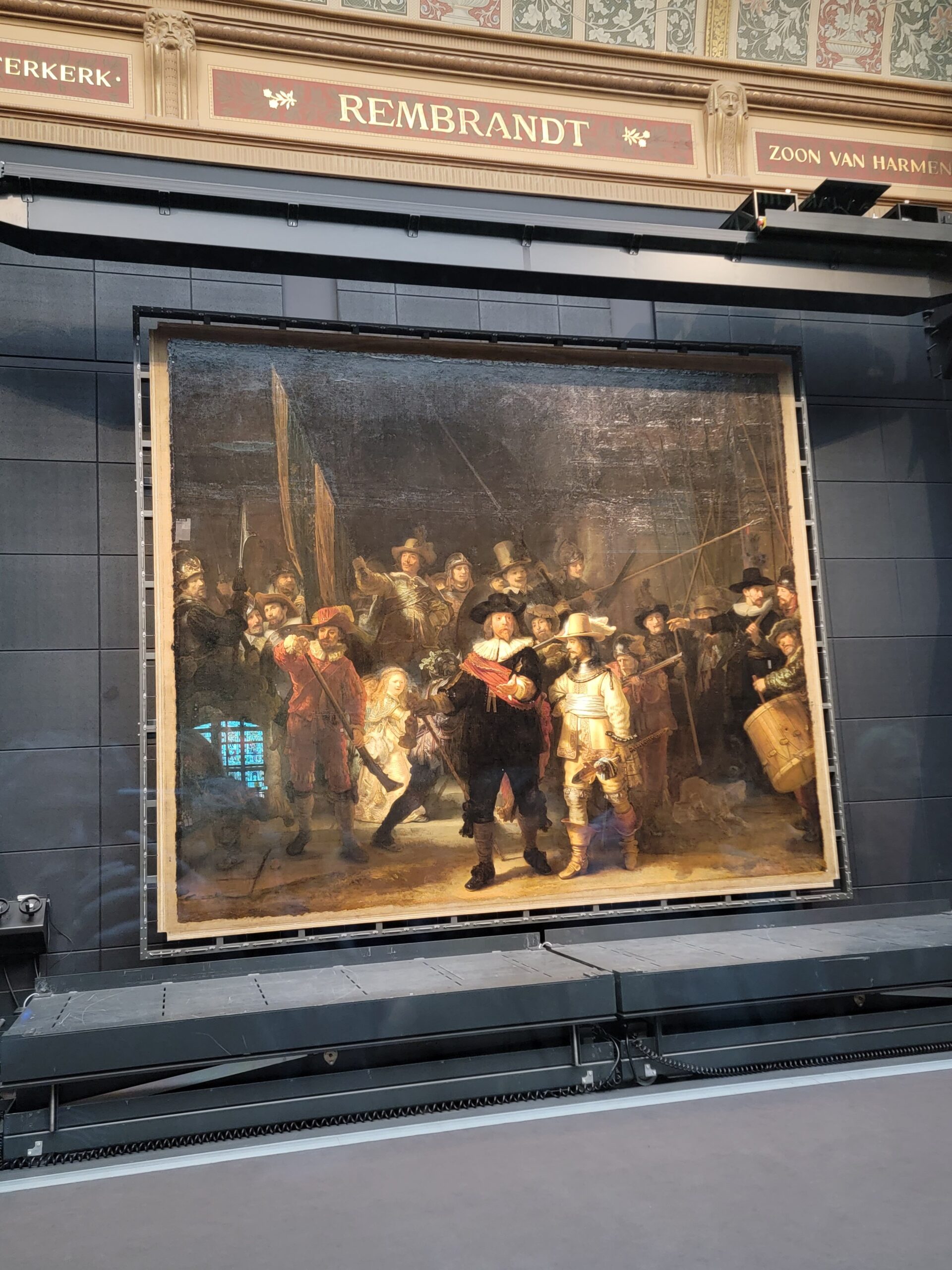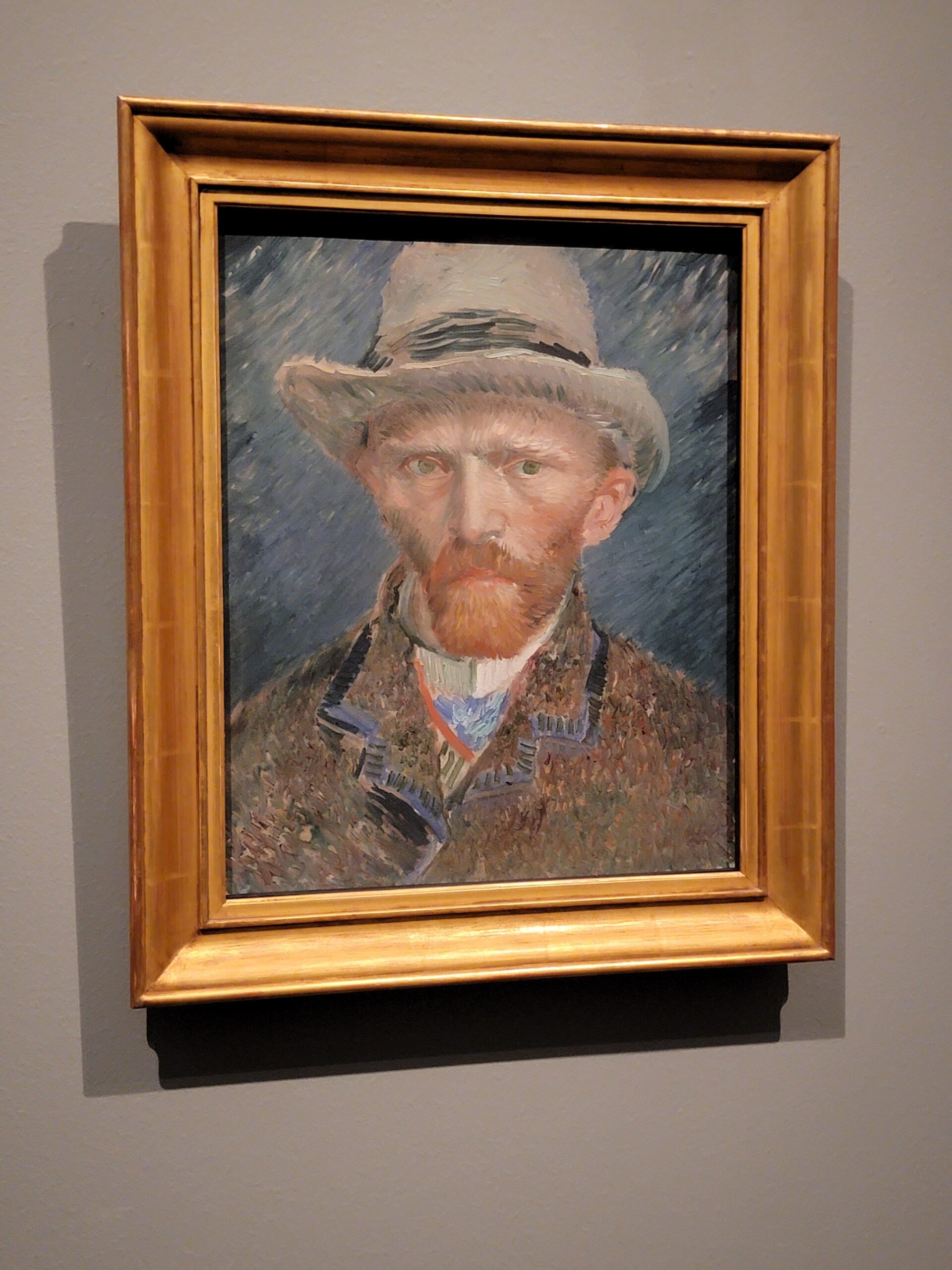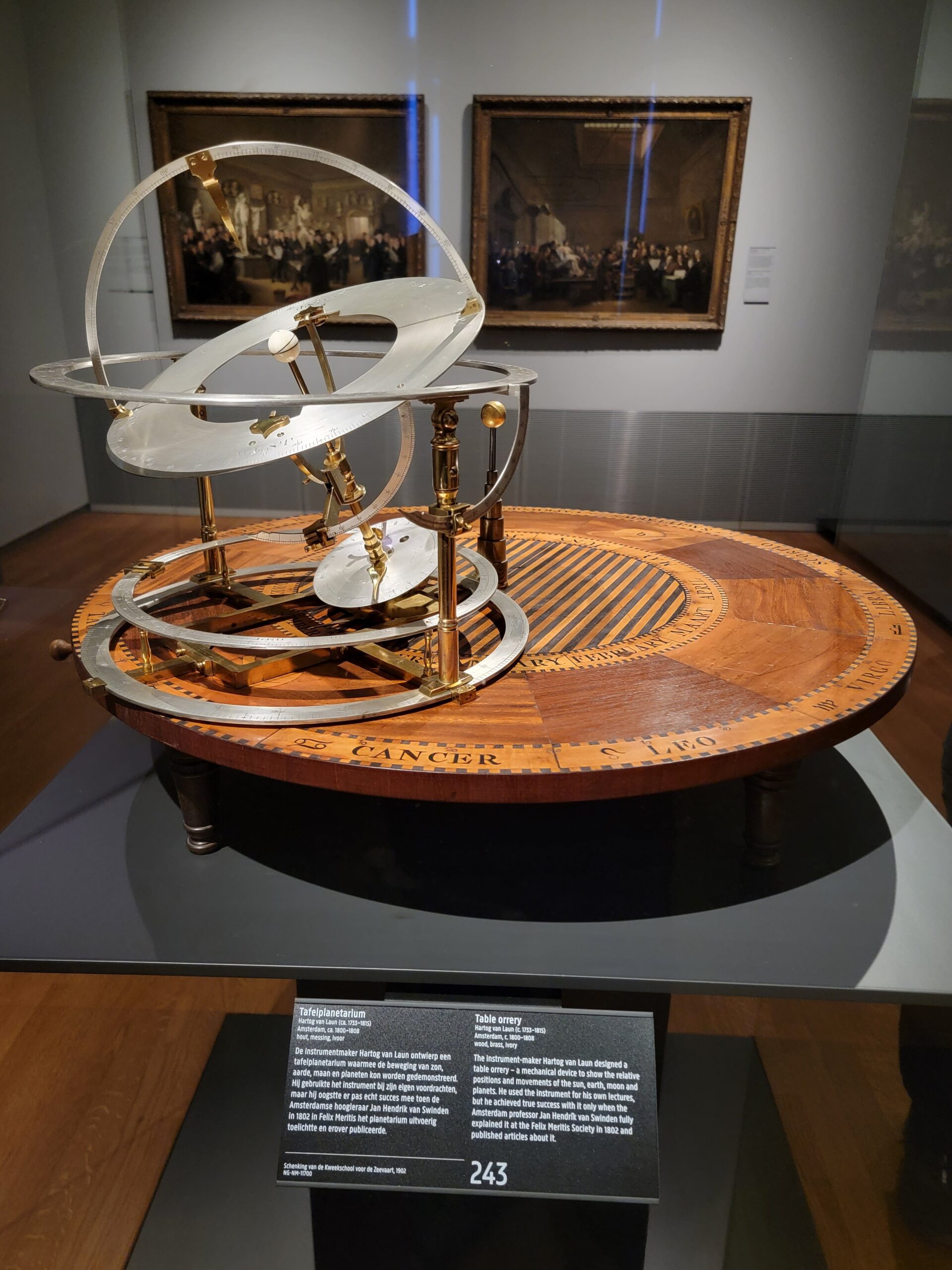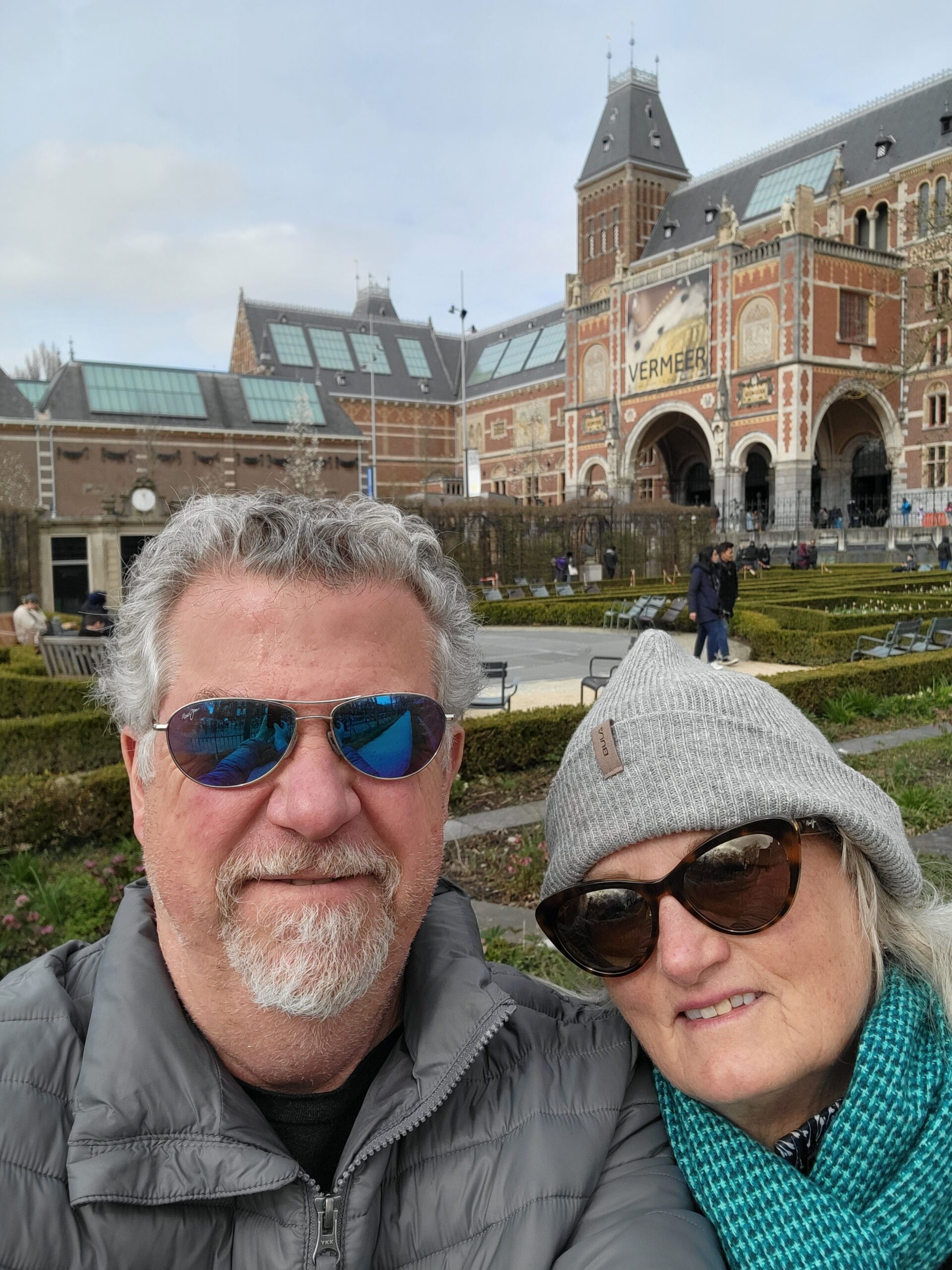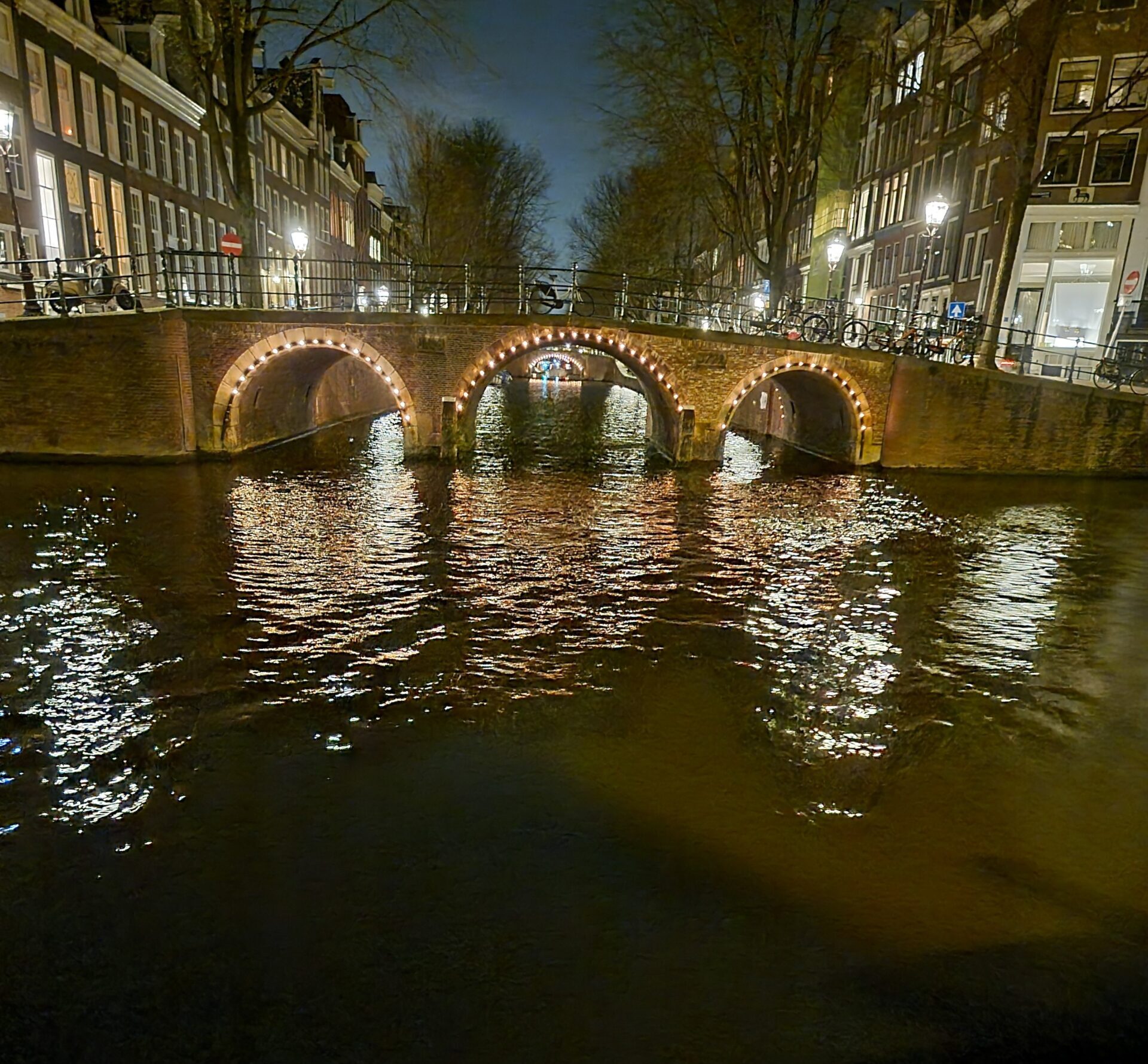After Amsterdam, we knew we wouldn’t want to stay in another large city right away. Rather than stay in The Hague or Rotterdam, we opted to stay in a town between the two of them, Delft. We stayed in an excellent spot called Hotel Arsenaal, a historic building that is listed as a National Monument. Built in 1601, this site is a former arsenal that was filled with cannons, firearms, ammo and other weapons. It also acted as a jail for Dutch collaborators of the Nazi’s, as well as an Army Museum, before it became the beautiful hotel it is today.
After checking in we headed to the Market Square, the center of the Delft. There are two historic Protestant churches in town, the Old Church, and the New Church. The names are a bit of a misnomer, as the New Church was completed in 1496. First we visited the New Church, shown in the photo below.
You can walk up to the top of the tower on days with decent weather, so we got lucky. The tower had been closed the two days prior due to rain and wind. This is the second tallest church tower in the Netherlands, at 356 feet tall. It’s 376 steps on a very narrow circular staircase to the viewing platform. Despite banging my head on a very low beam and getting a bit dizzy from how tight the staircase is, the view from the top is excellent! That’s the Market Square and City Hall below.
The Hague is in the distance, just a 20 minute train ride away.
To the southeast, Rotterdam is on the horizon, a 30 minute train ride away.
The “Old” Church is below, founded in 1246, and on the site of previous churches dating back two centuries earlier. Old=1246, New=1496. It’s like the Dutch have a sense of humor!
The New Church is home to the tomb of William of Orange, one of the most important historical figures of the Netherlands. Also known as William the Silent, he was the leader of the Dutch revolt against the Spanish that set off the 80 Years War in 1568, which resulted in the formal independence of the Netherlands in 1648. The Dutch also refer to him as the Father of the Fatherland. This guy has a lot of nicknames! We loved that the tomb included his beloved dog, laying at his feet.
One corner of the tomb has a statue holding the “Hat of Liberty”, that looks suspiciously like a cowboy hat?
Something I really liked in both churches was that they had various information boards spread throughout the church, that gave the history and explained a lot about the individual church characteristics and personalities. We’ve been in a lot of churches in Europe where you really don’t get much in the way of info, so this was nice.
Delft experienced a huge explosion of a gunpowder storehouse in 1654, that destroyed a large part of the city, and blew out most of the church’s stained glass windows. For this reason a lot of the windows were initially replaced with just plain glass. Over the years they have slowly been changing out the windows with newer stained glass.
The New Church has one of the more impressive stained glass windows we’ve seen. This one is actually “new”, dating from 2006. The abstract shapes make out Jesus’ hands, a girls head turning toward the light, and a butterfly. Ya gotta squint, turn your head sideways, and drink a bottle of wine…then it will be clear… that you had too much wine.
The exterior of the New Church. The viewing platform near the top is just below the clock face.
Just outside the New Church is The Blue Heart, a piece of art meant to commemorate what Delft is best known for, Delft Blue pottery.
The Old Church is famous for having the tomb of one of the Netherlands most famous artists, Johannes Vermeer, who was born and raised in Delft.
The Old Church has a spectacular organ, that doesn’t look very “old”.
The tower of the Old Church is leaning about 6 feet towards the west, but has fortunately been shored up so it shouldn’t lean any further. We’ve seen a lot of leaning buildings in the Netherlands!
No trip to Delft would be complete without visiting the last surviving Delft Blue factory, Royal Delft. Royal Delft has been in business since 1653.
Porcelain plates from China were brought to the Netherlands by the Dutch East India Company in the early 1600’s, and were extremely popular. The supply from China started to disappear around 1620 with the end of the Ming dynasty, so many in the Netherlands started to make their own pottery to fill the demand. They tried to duplicate the patterns and designs from China, as evidenced by the two plates below (China on the left, Delft Blue on the right).
You can see artists at work during the factory tour. The ink is immediately absorbed into the pottery, so any mistake cannot be undone. Way too much pressure for me!!
It’s not just pottery, but tile as well. This is an actual size Delft Blue recreation of Rembrandt’s The Night Watch, housed in the Rijksmuseum in Amsterdam. It’s pretty damned impressive!
They even make items for decorating buildings. This display reminded us of Gaudi! Very cool.
The last visit we made in Delft was to the Guild of St. Luke. Here they have exact scale replicas of every Vermeer painting. I’m just going to post my favorite one, View of Delft, painted in 1659-1661. This was shortly after the 1654 explosion, and many parts of the city were still in ruins, but Vermeer decided to depict it the way he wanted it to appear.
One last shot of Delft.
If we were to come back to the Netherlands, Delft would definitely be on the list. A very cool little town! Up next, a visit to The Hague.
